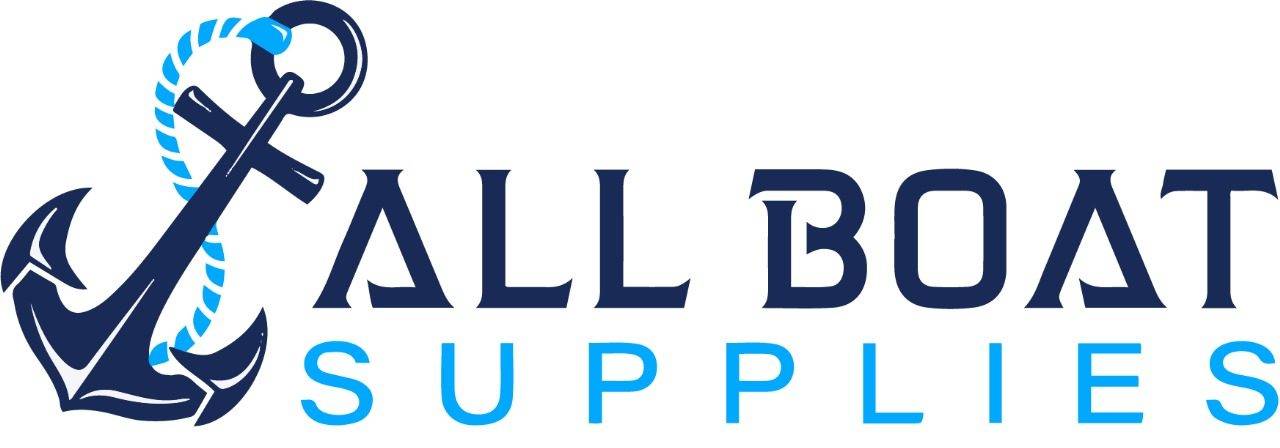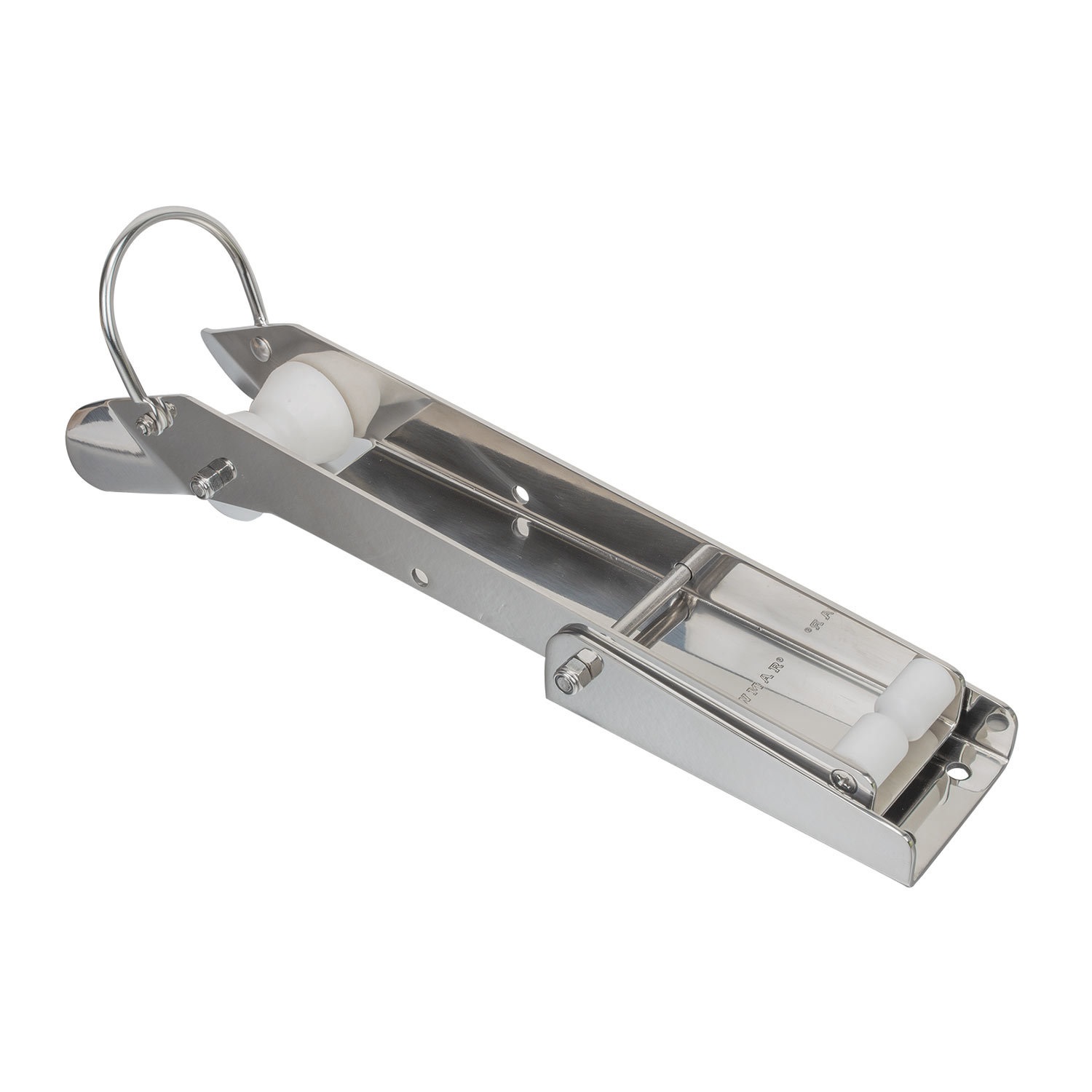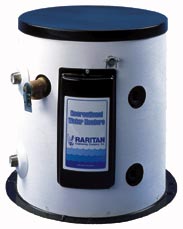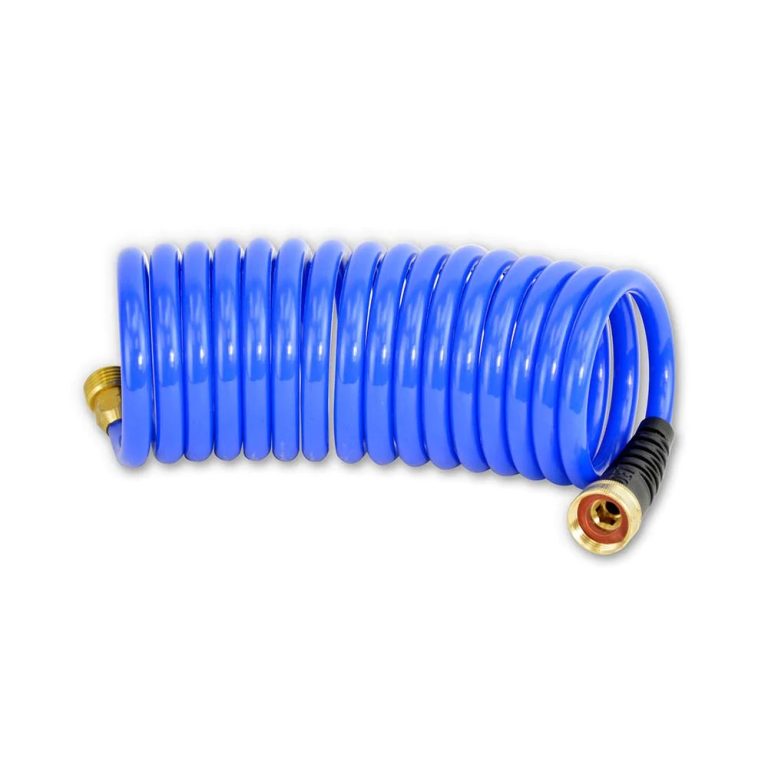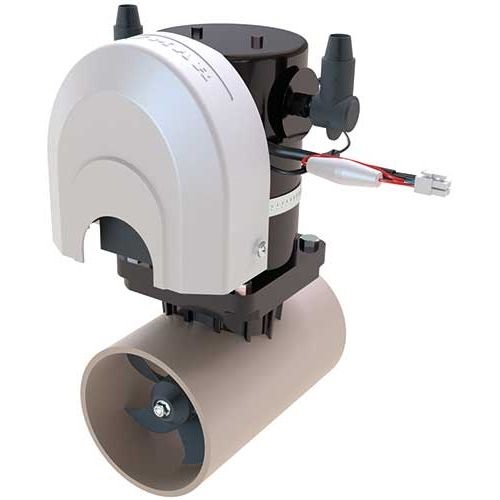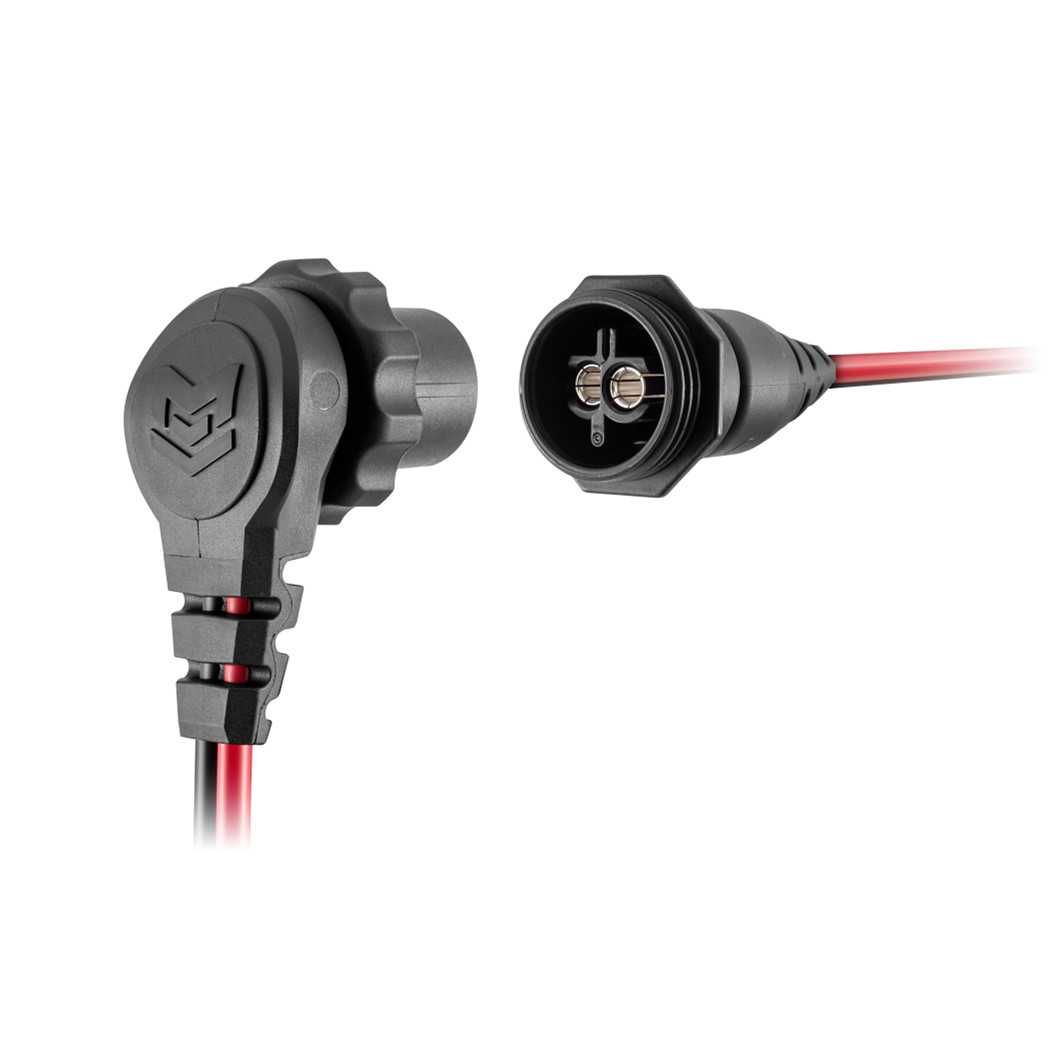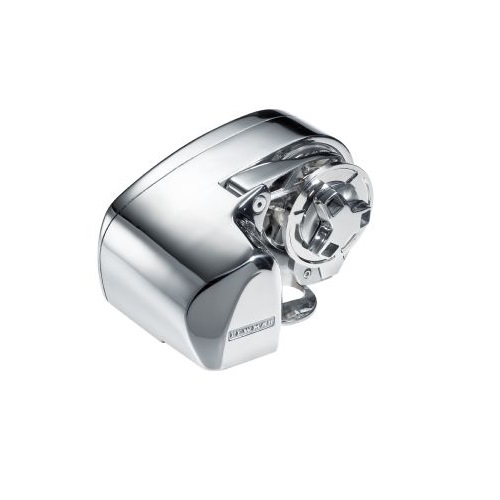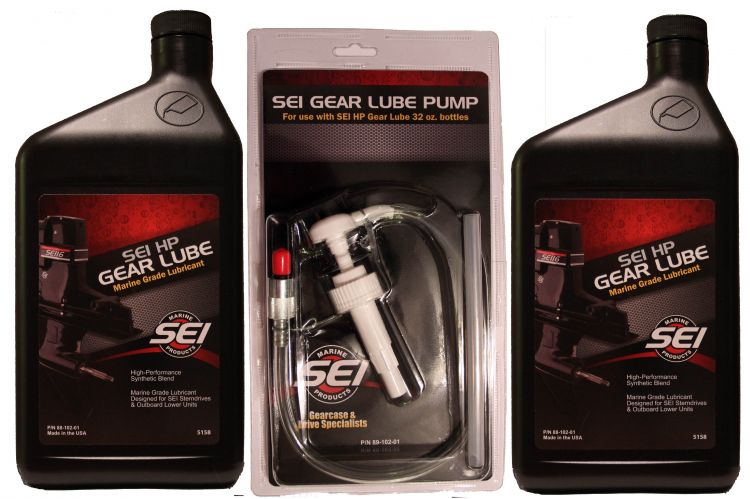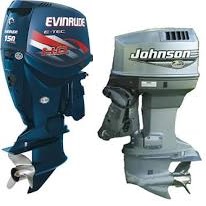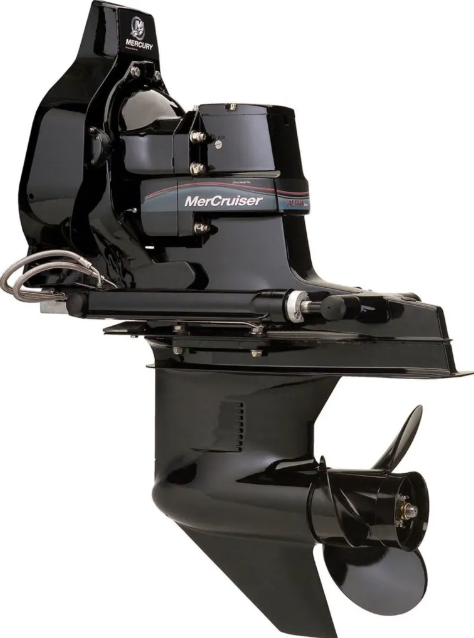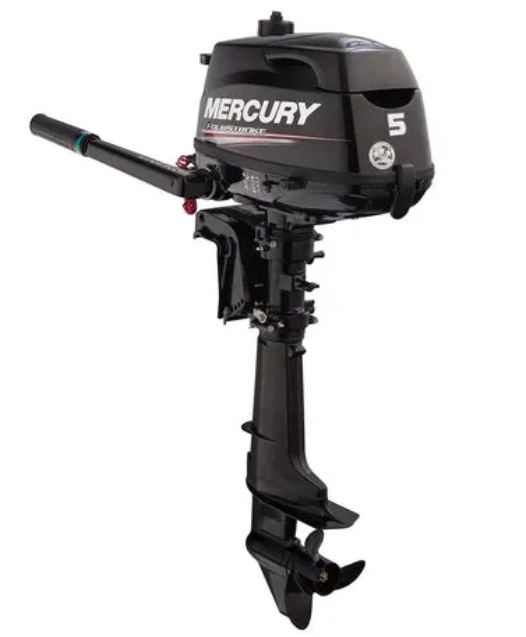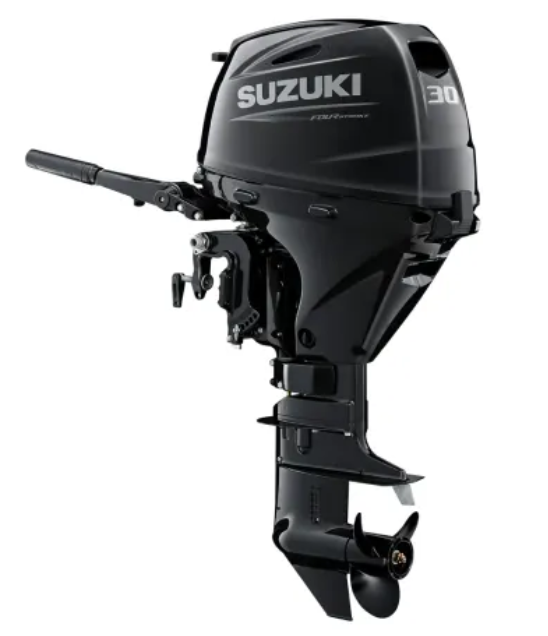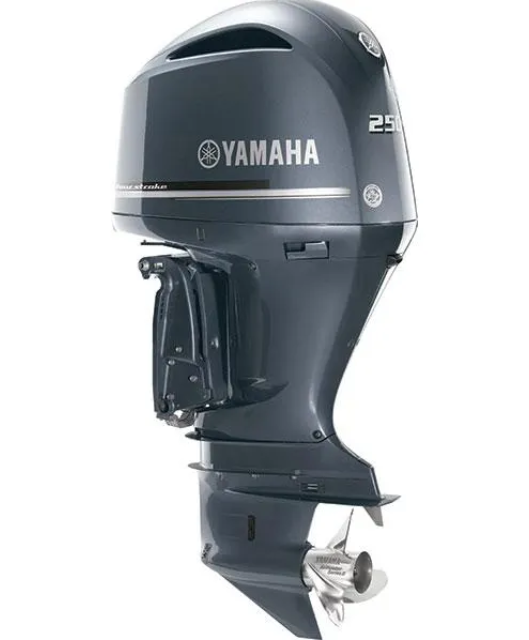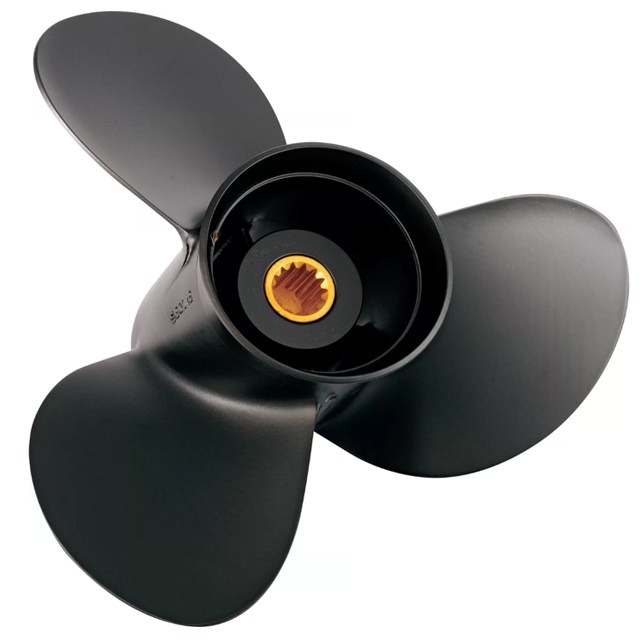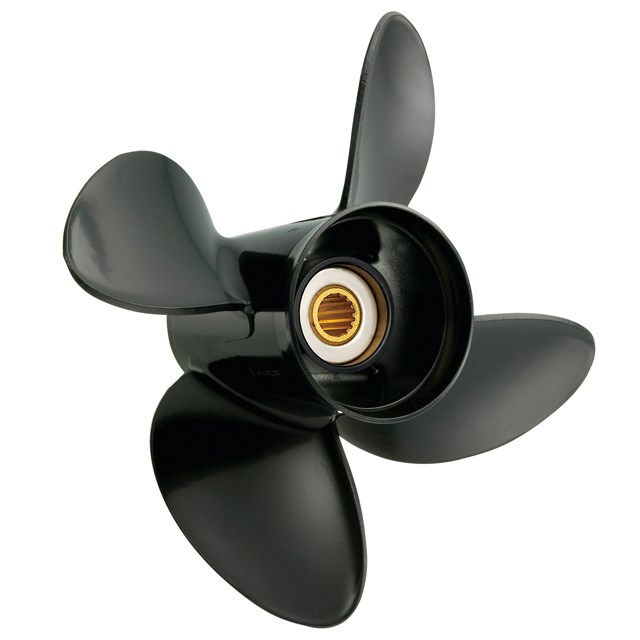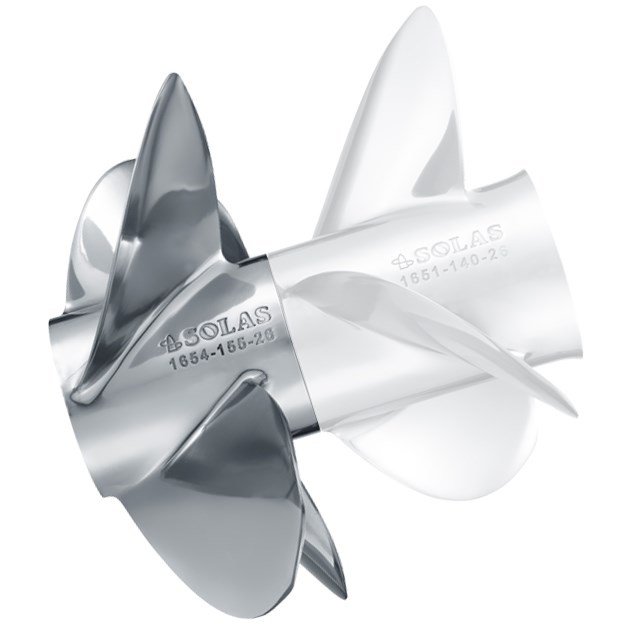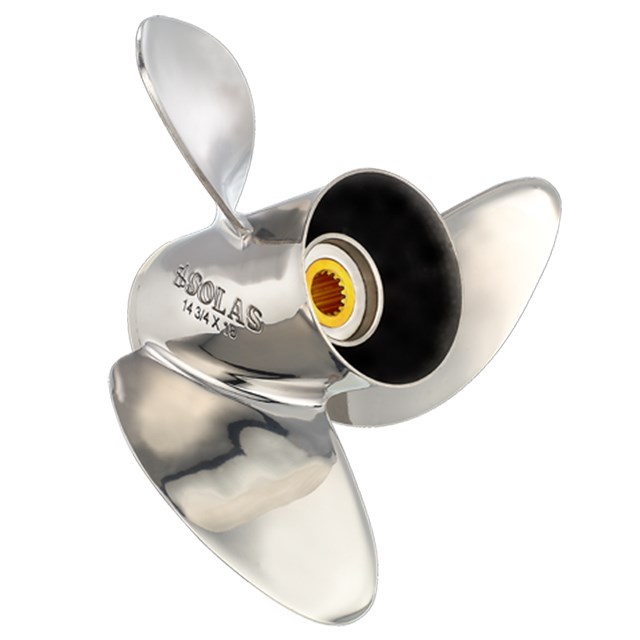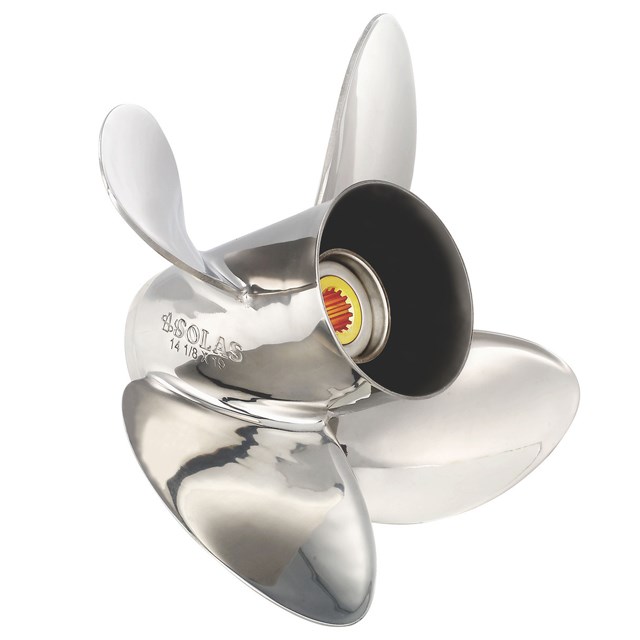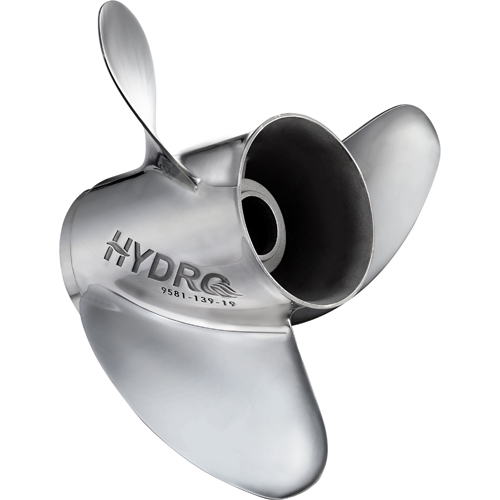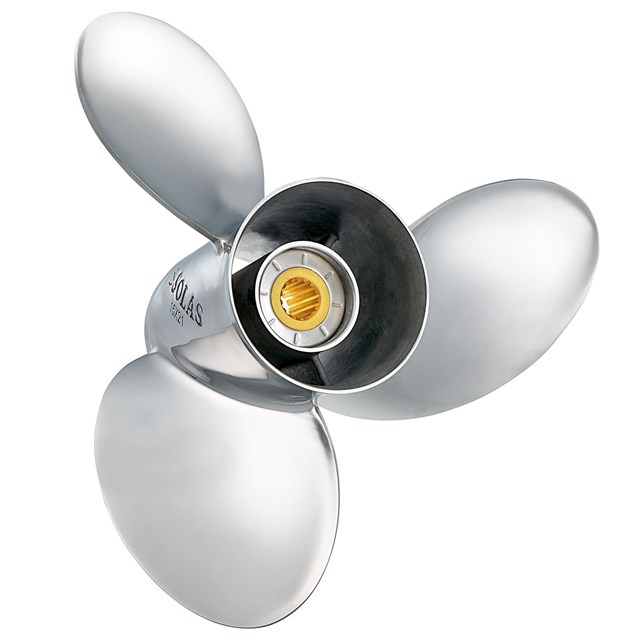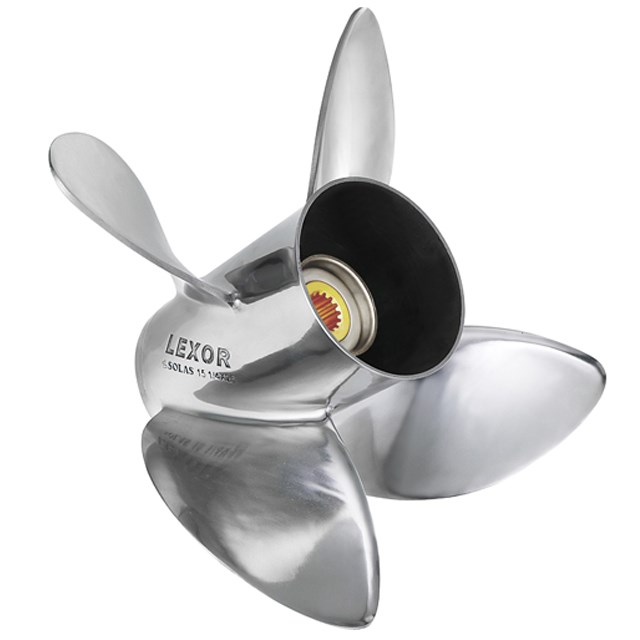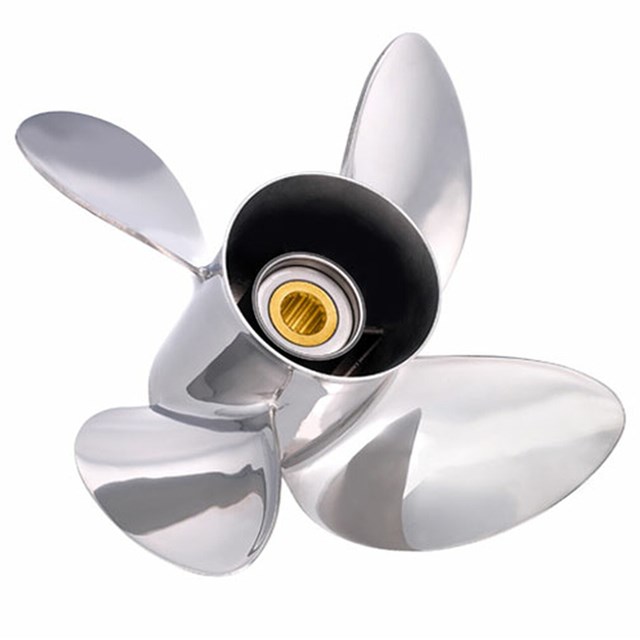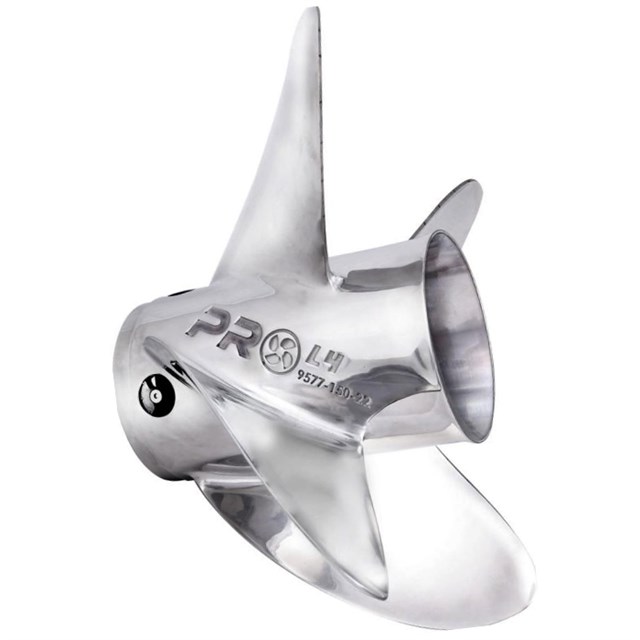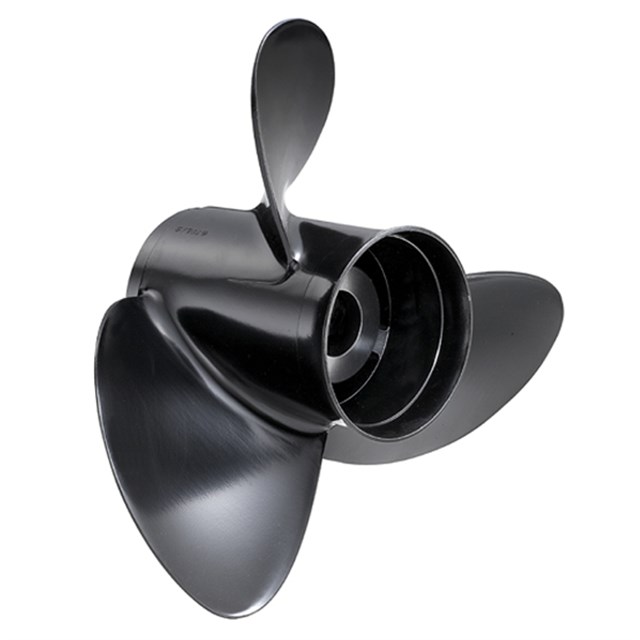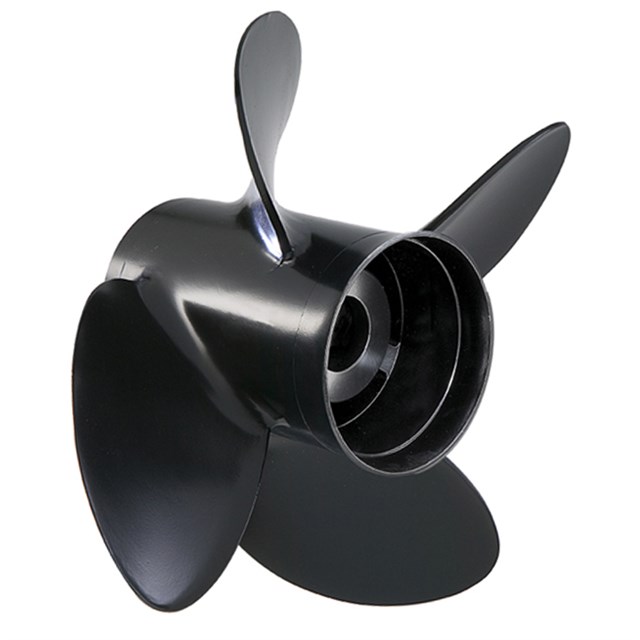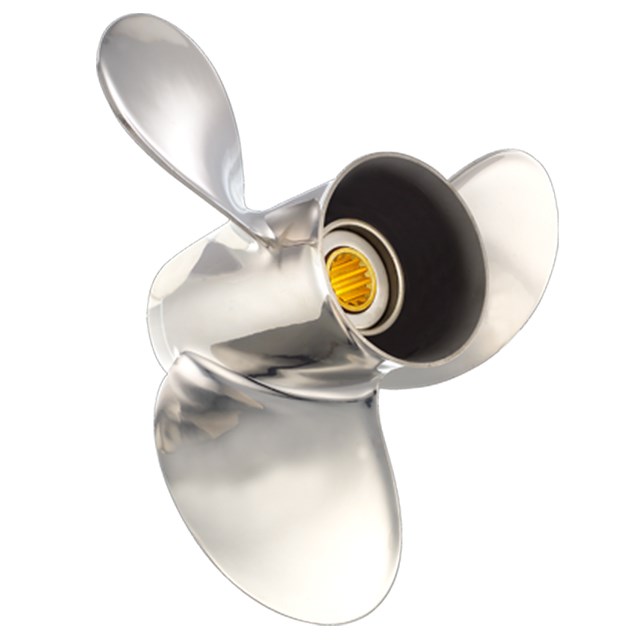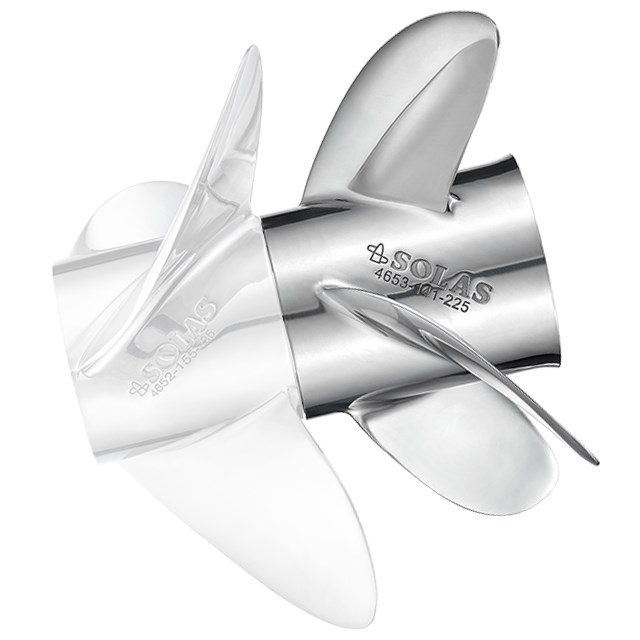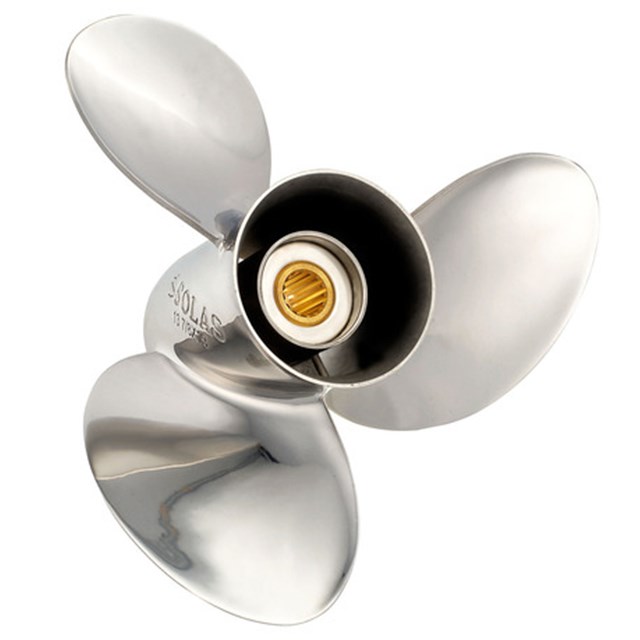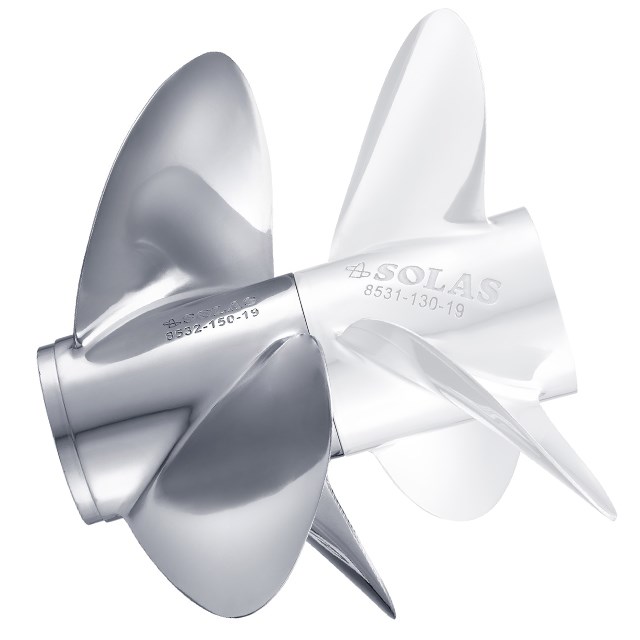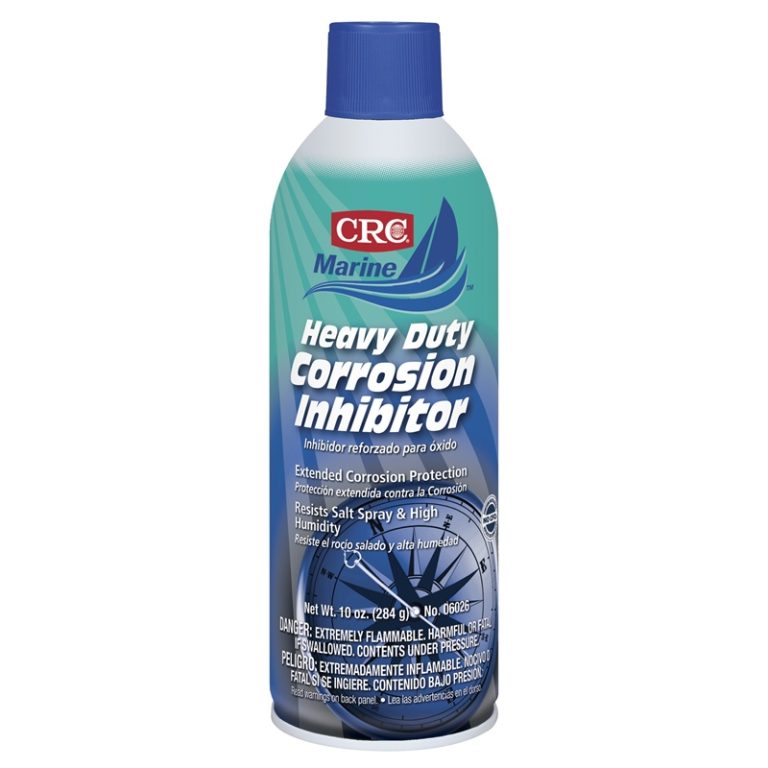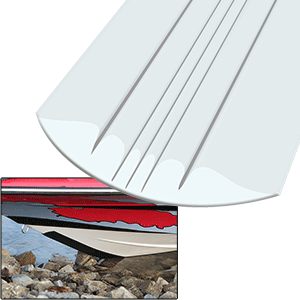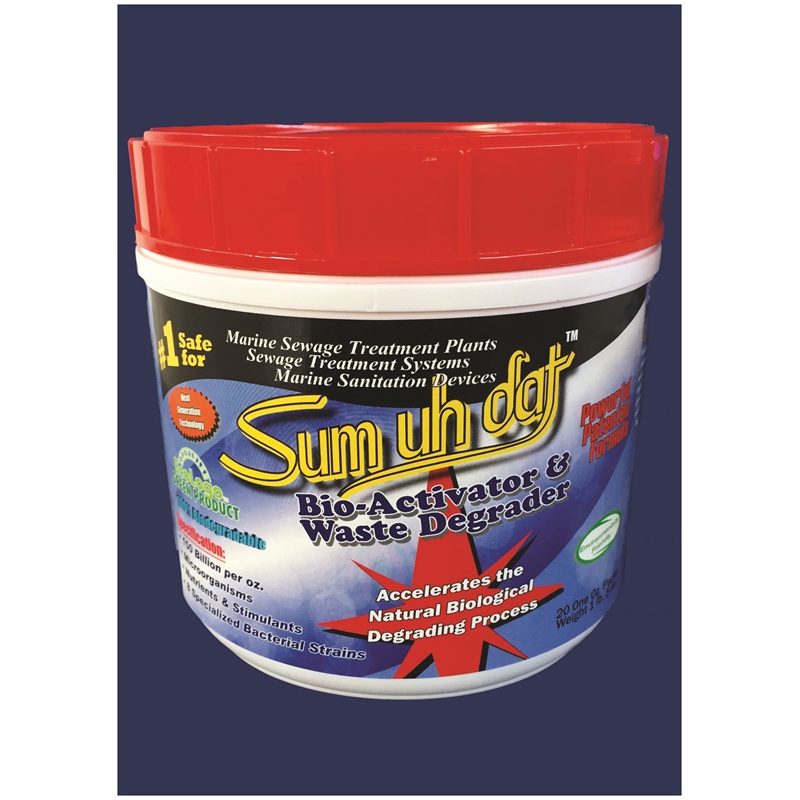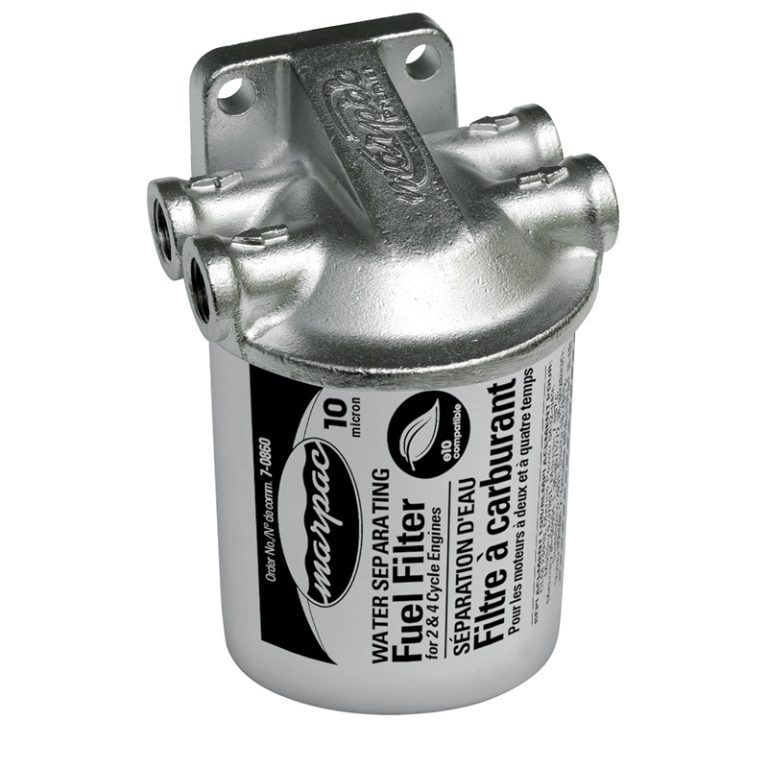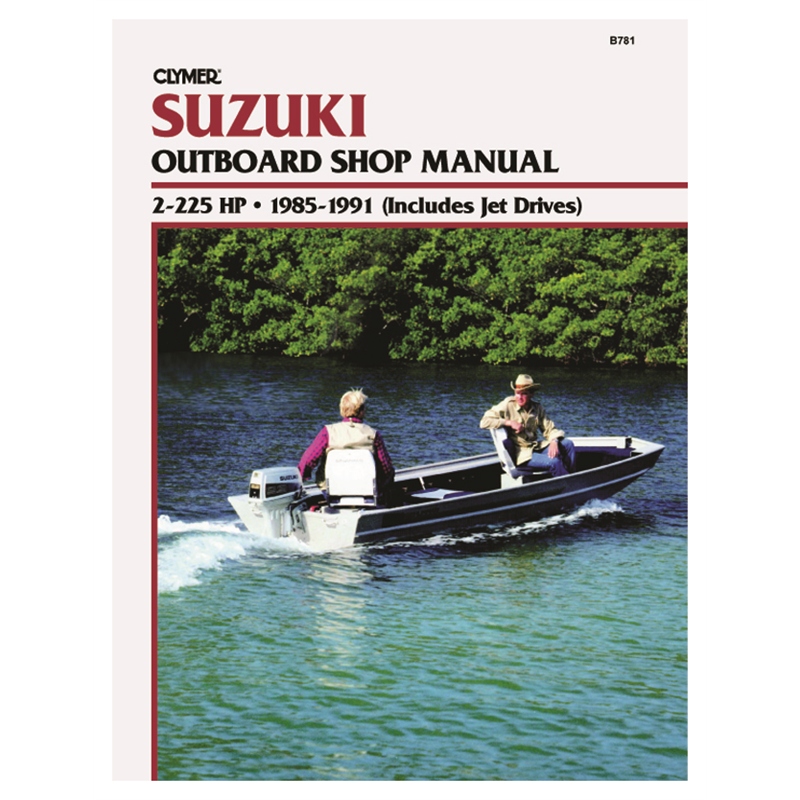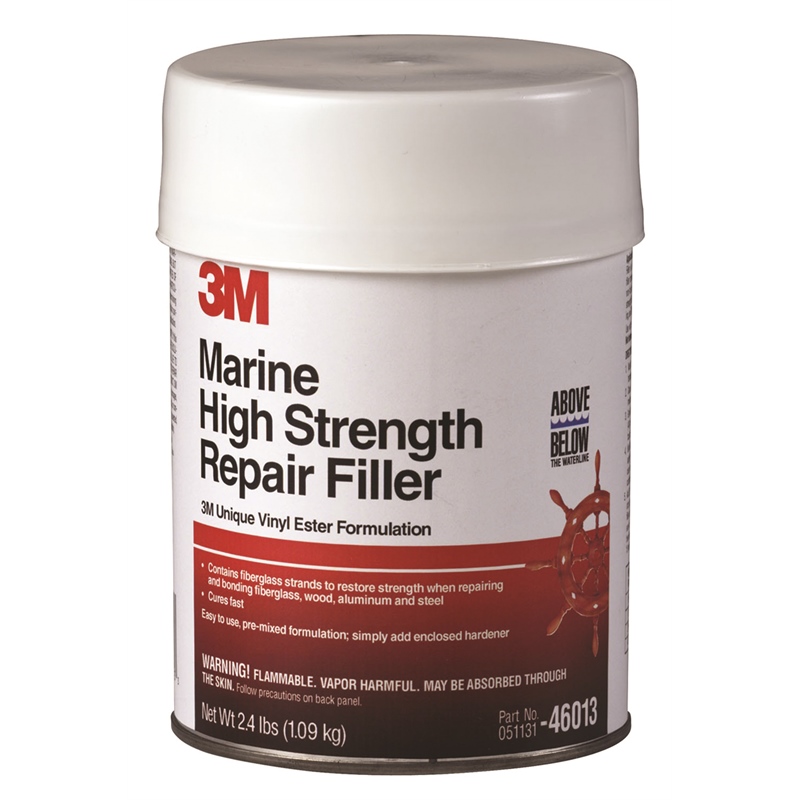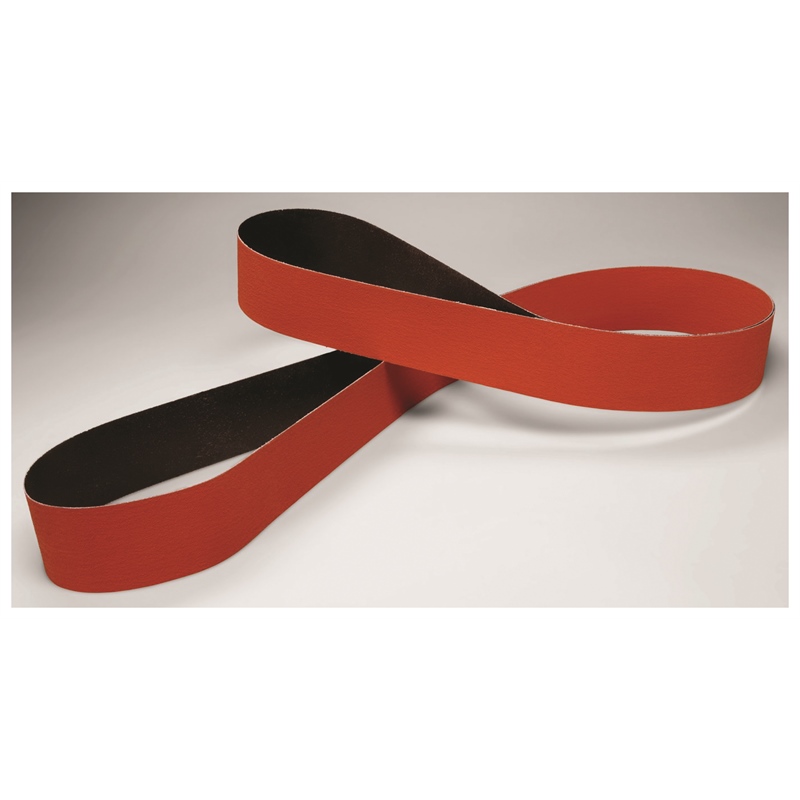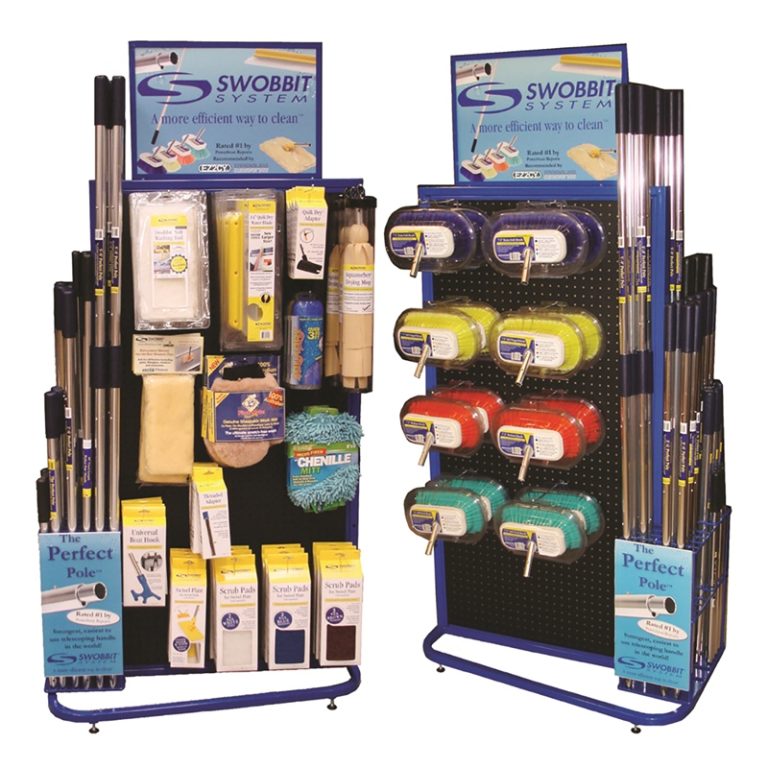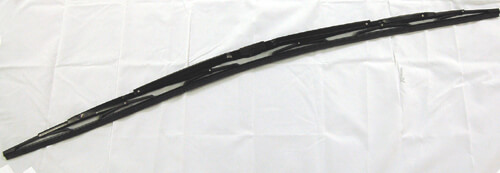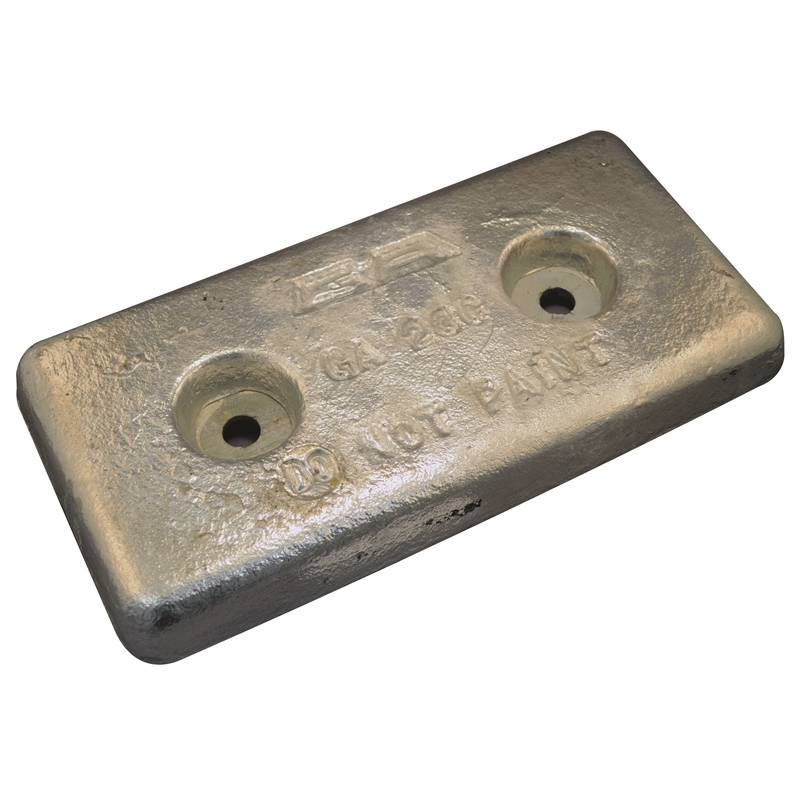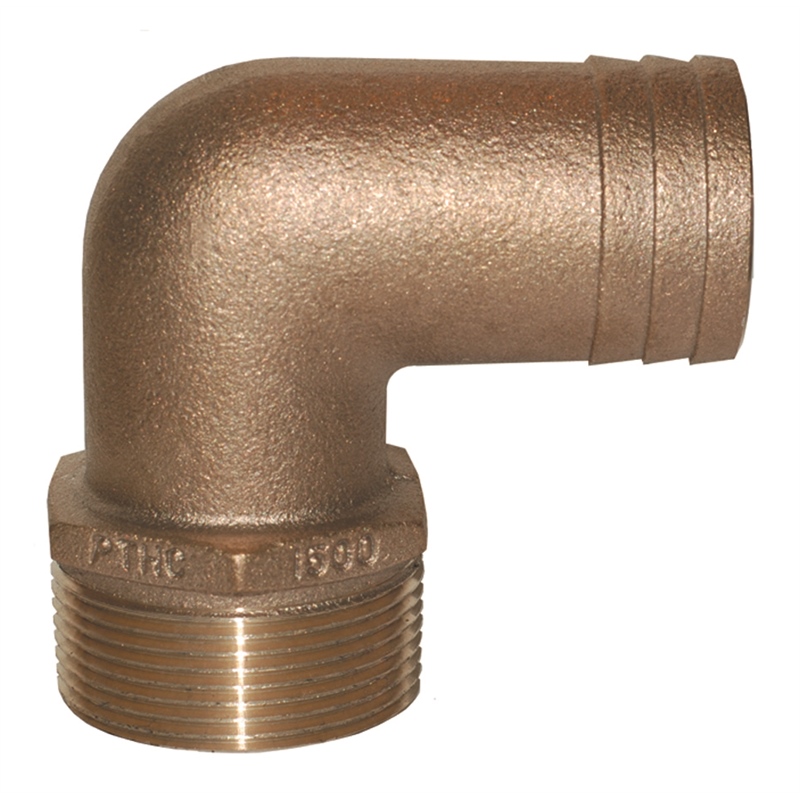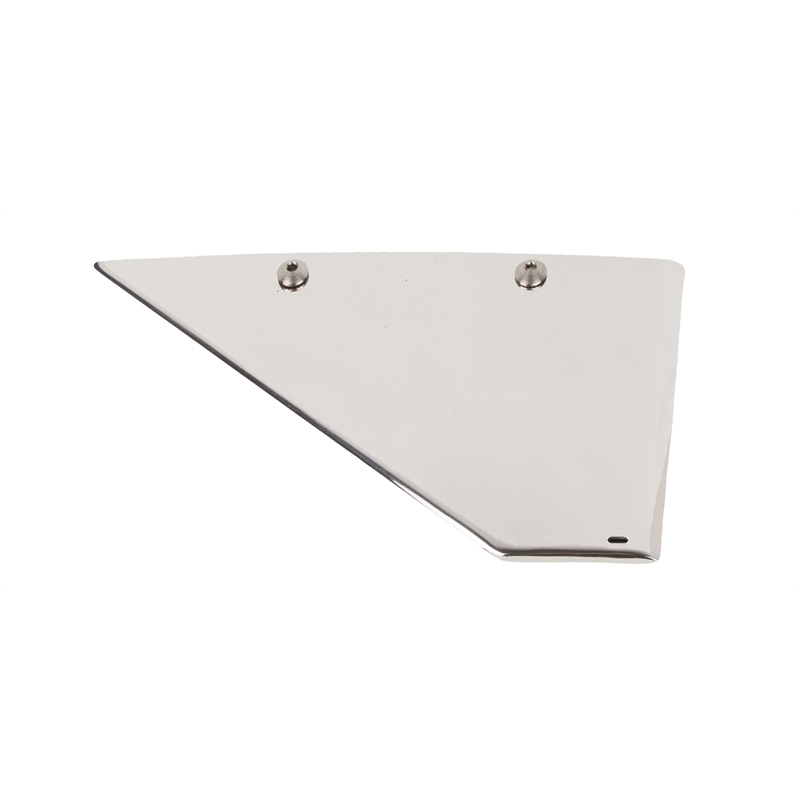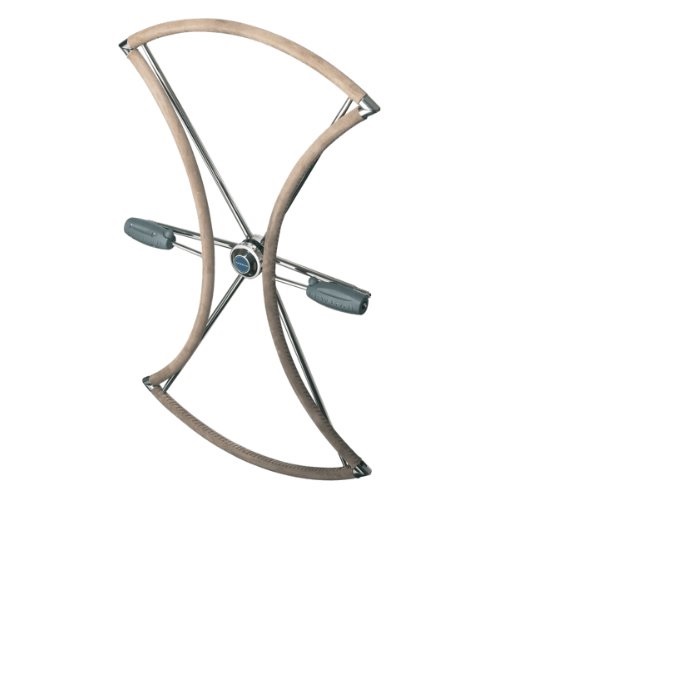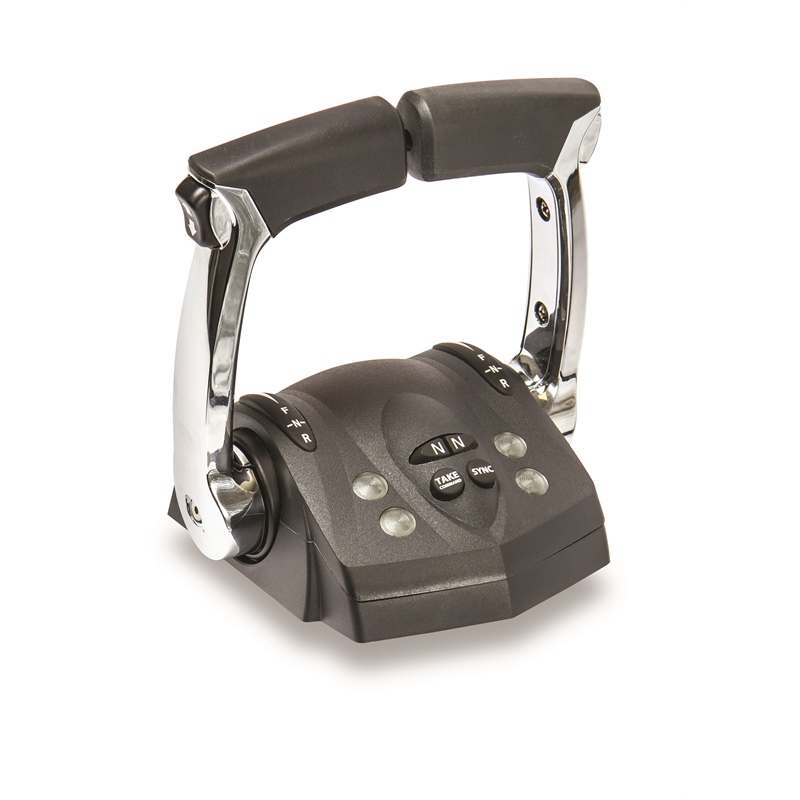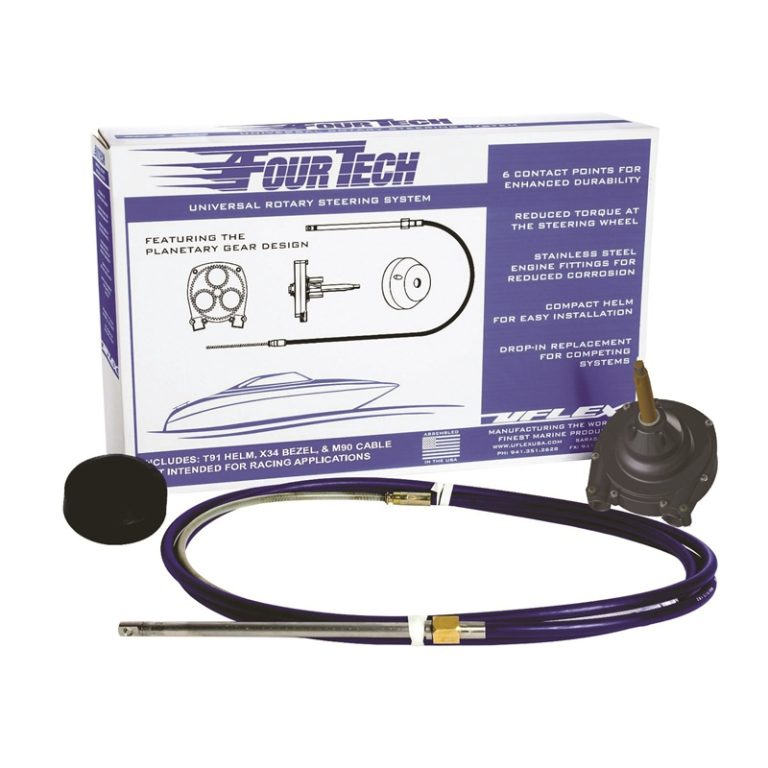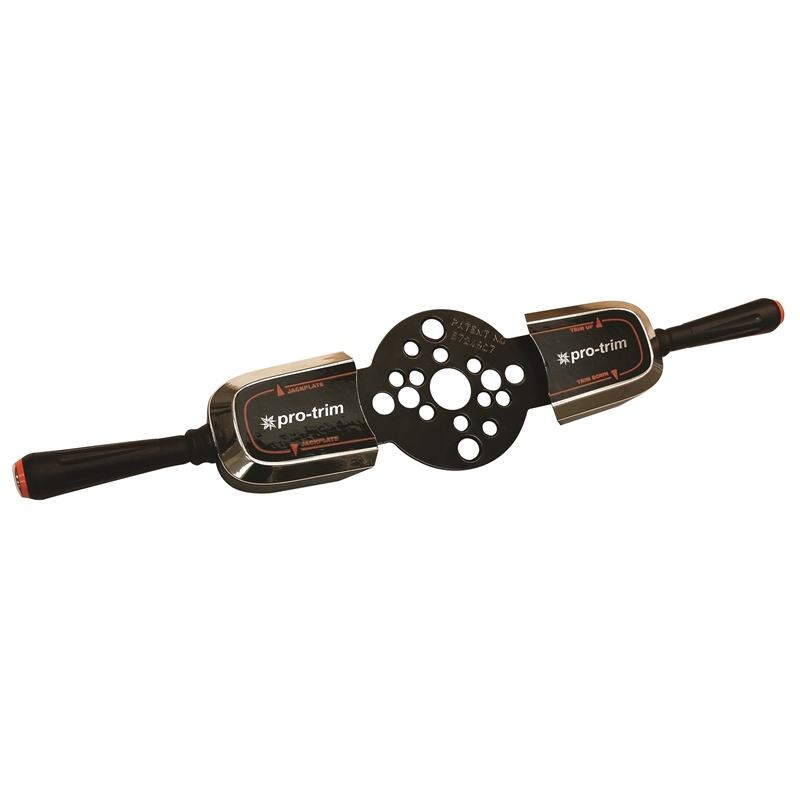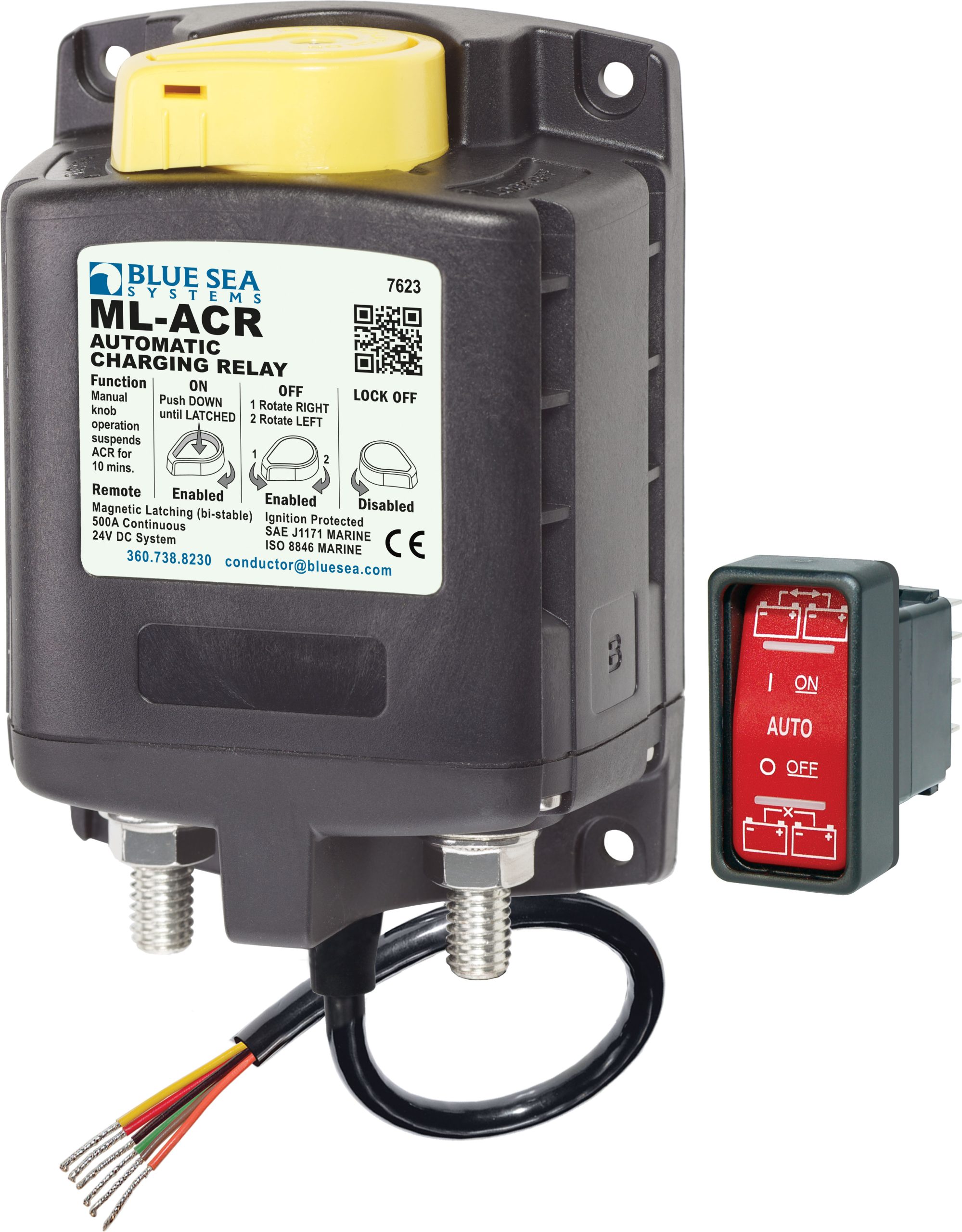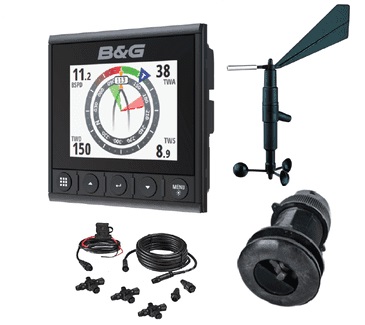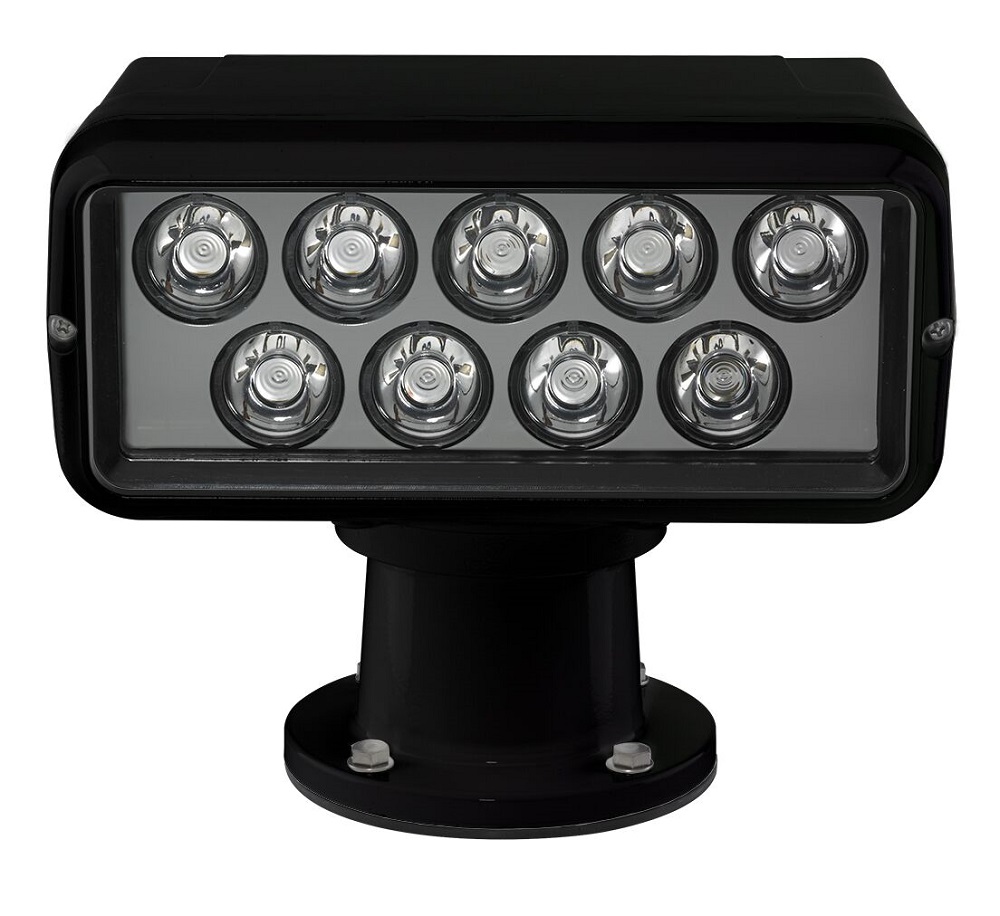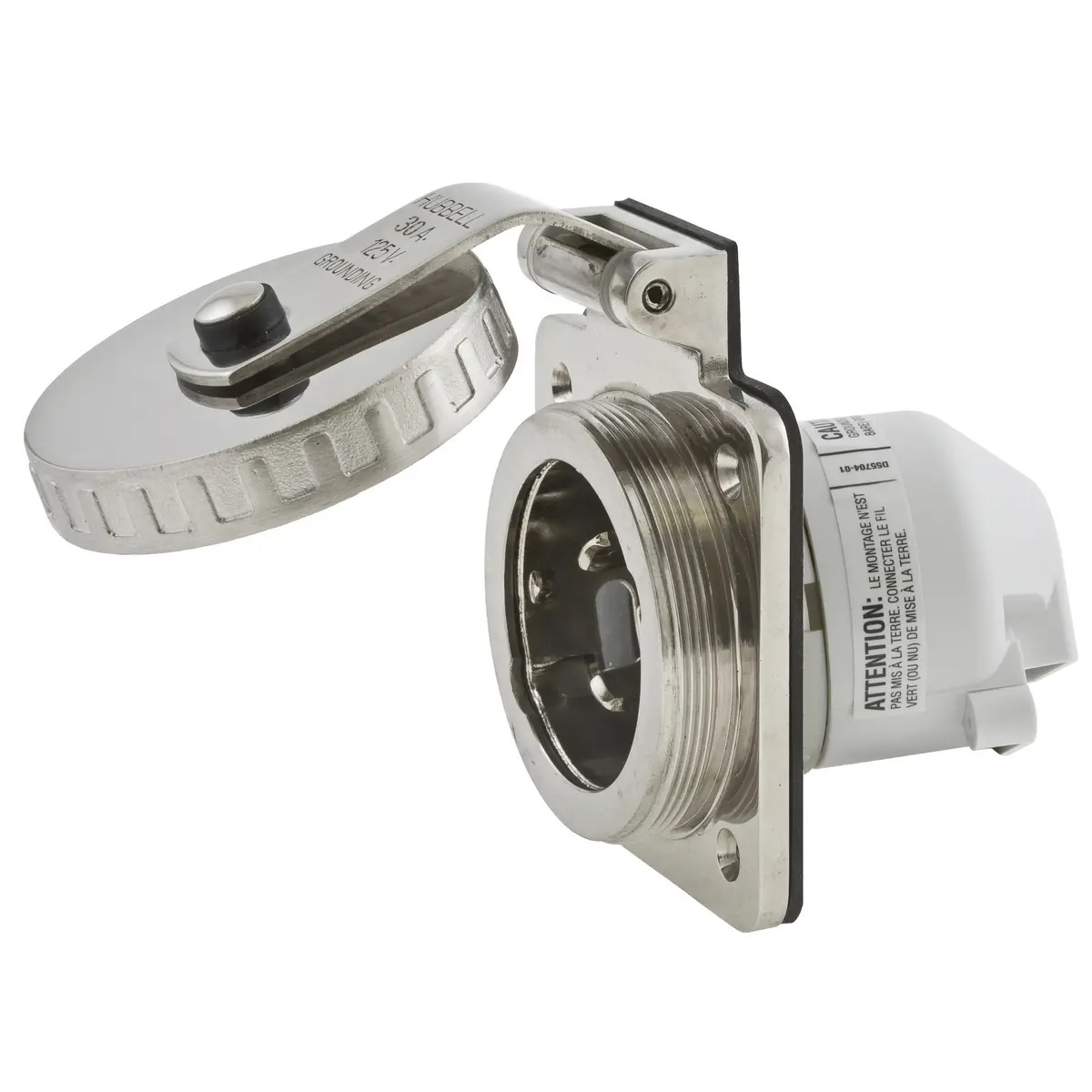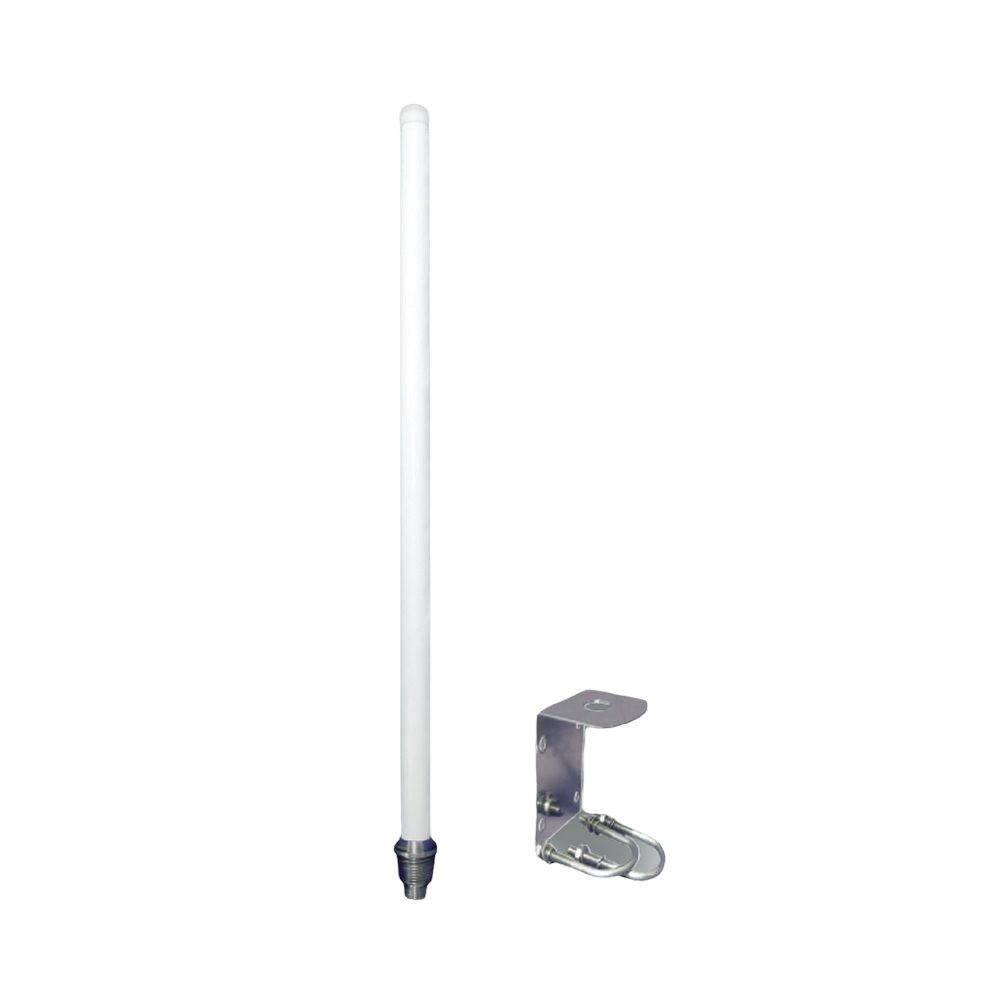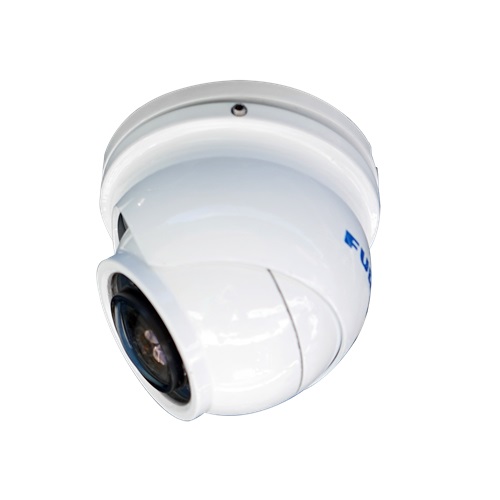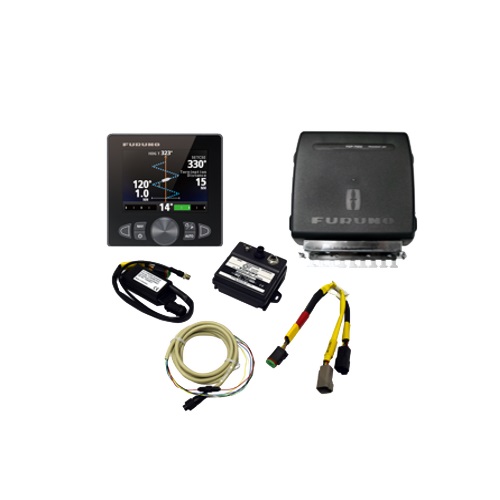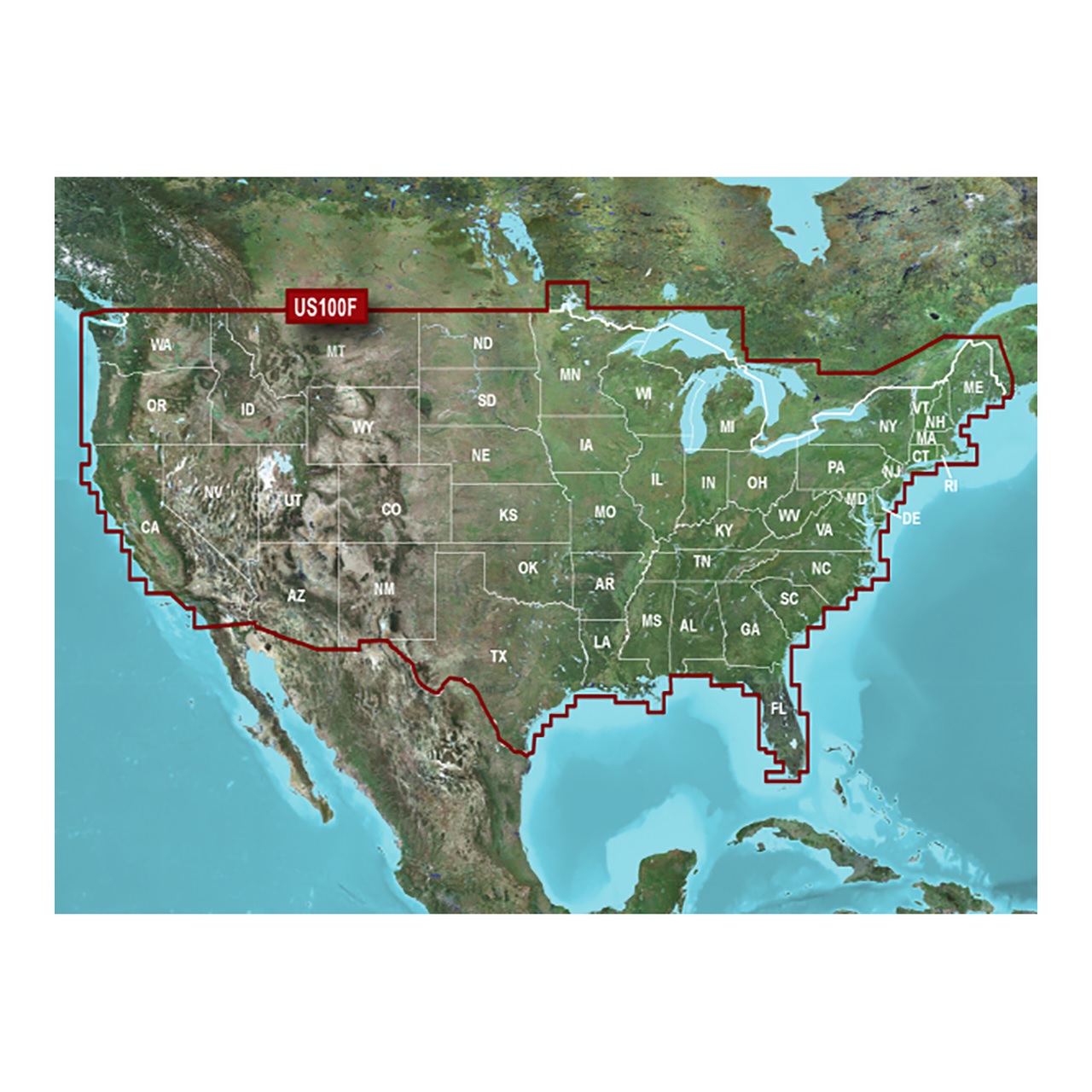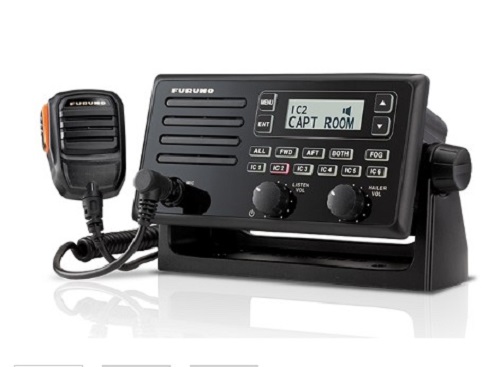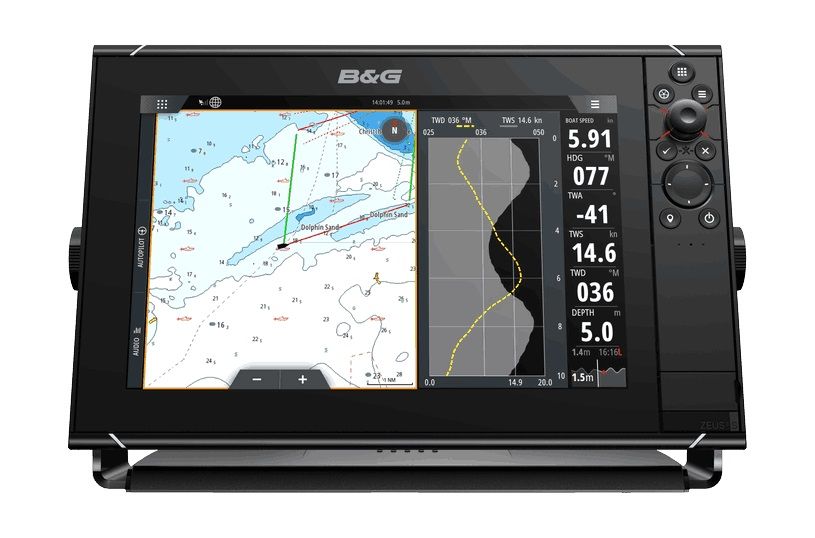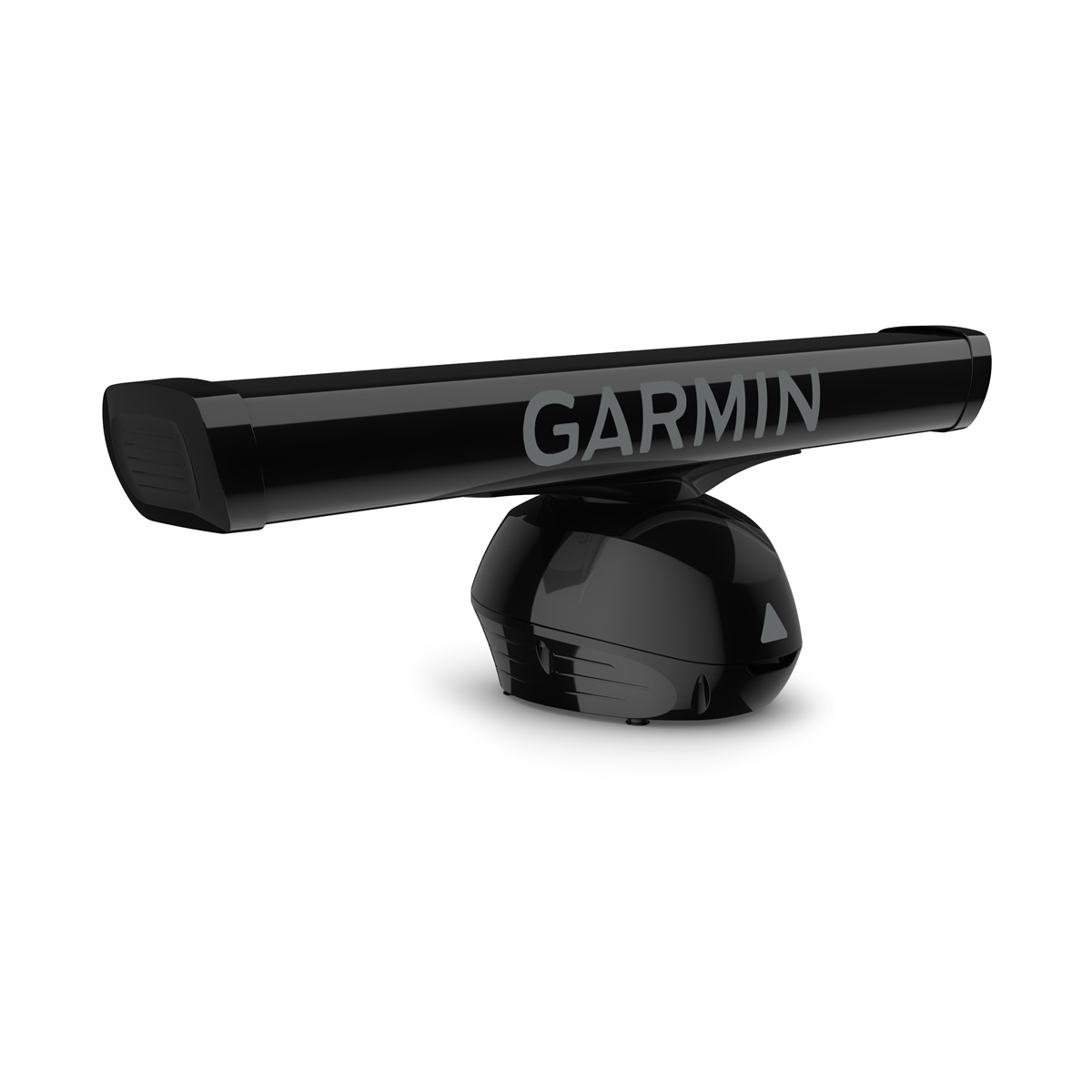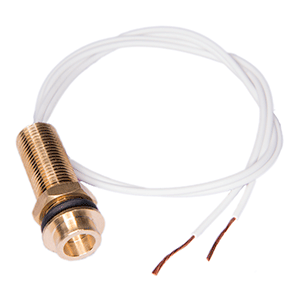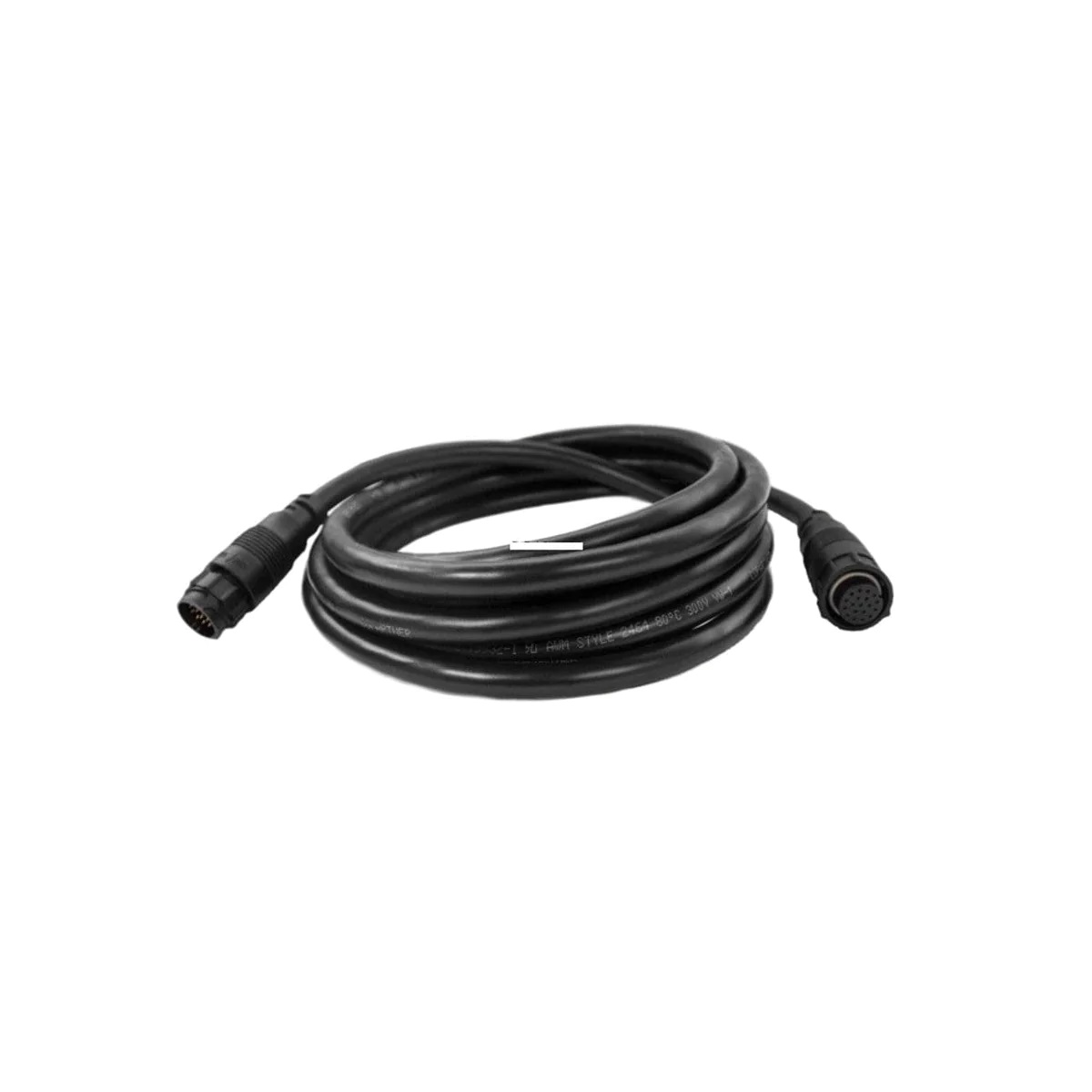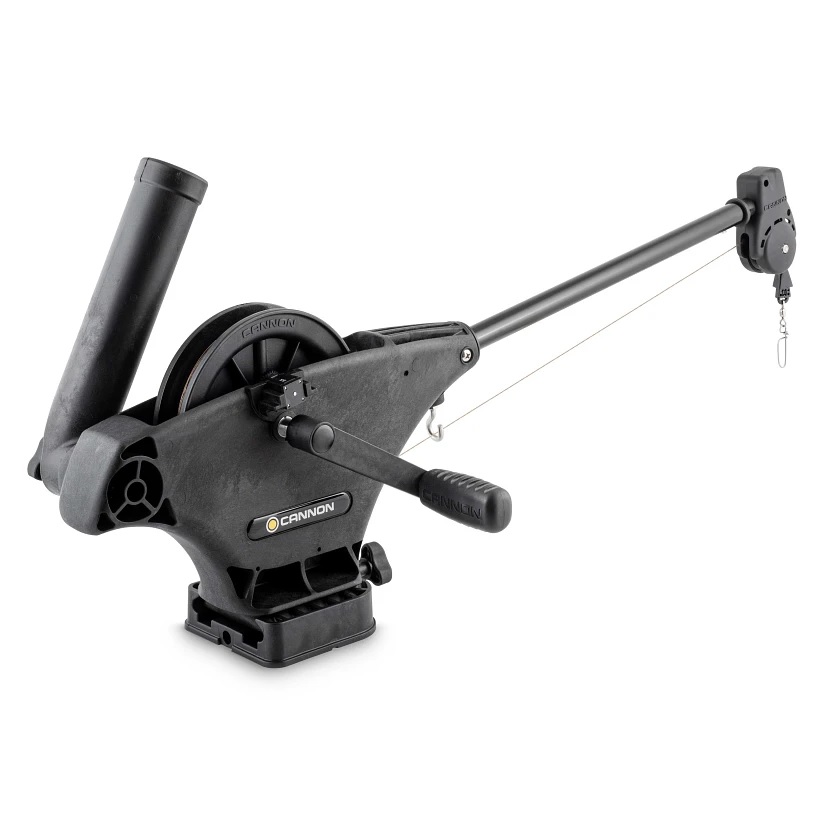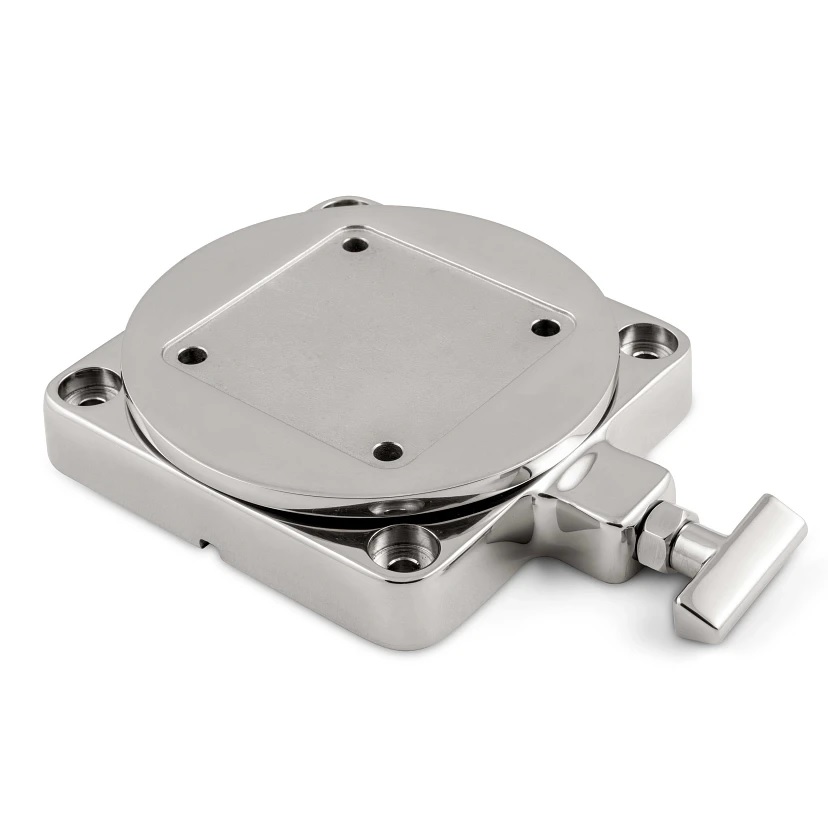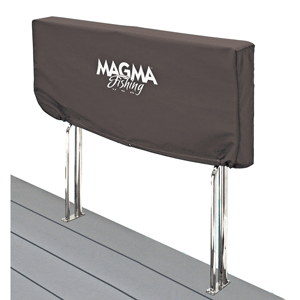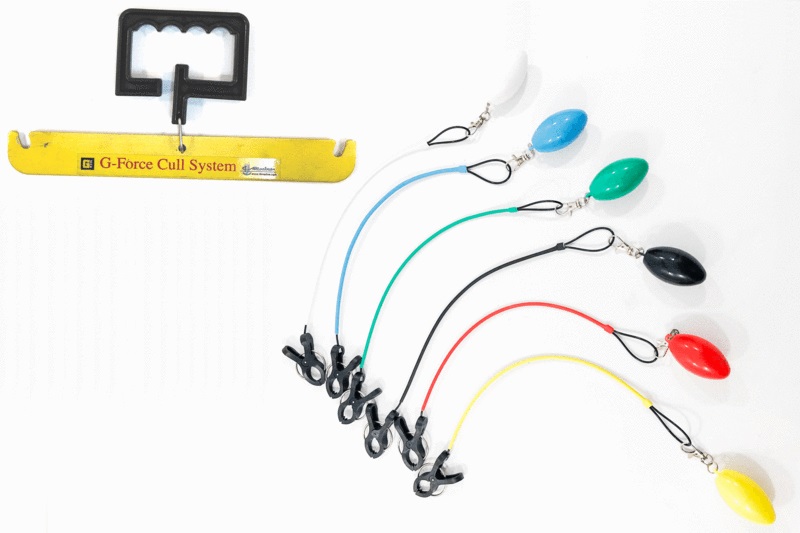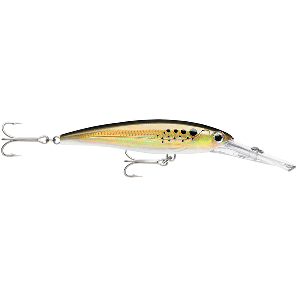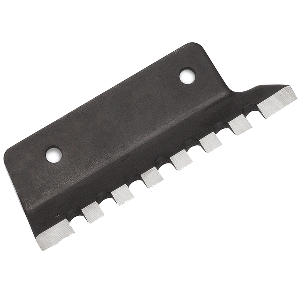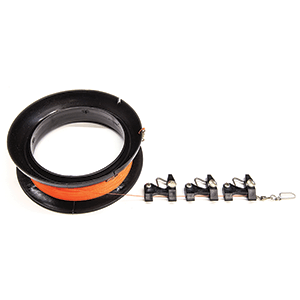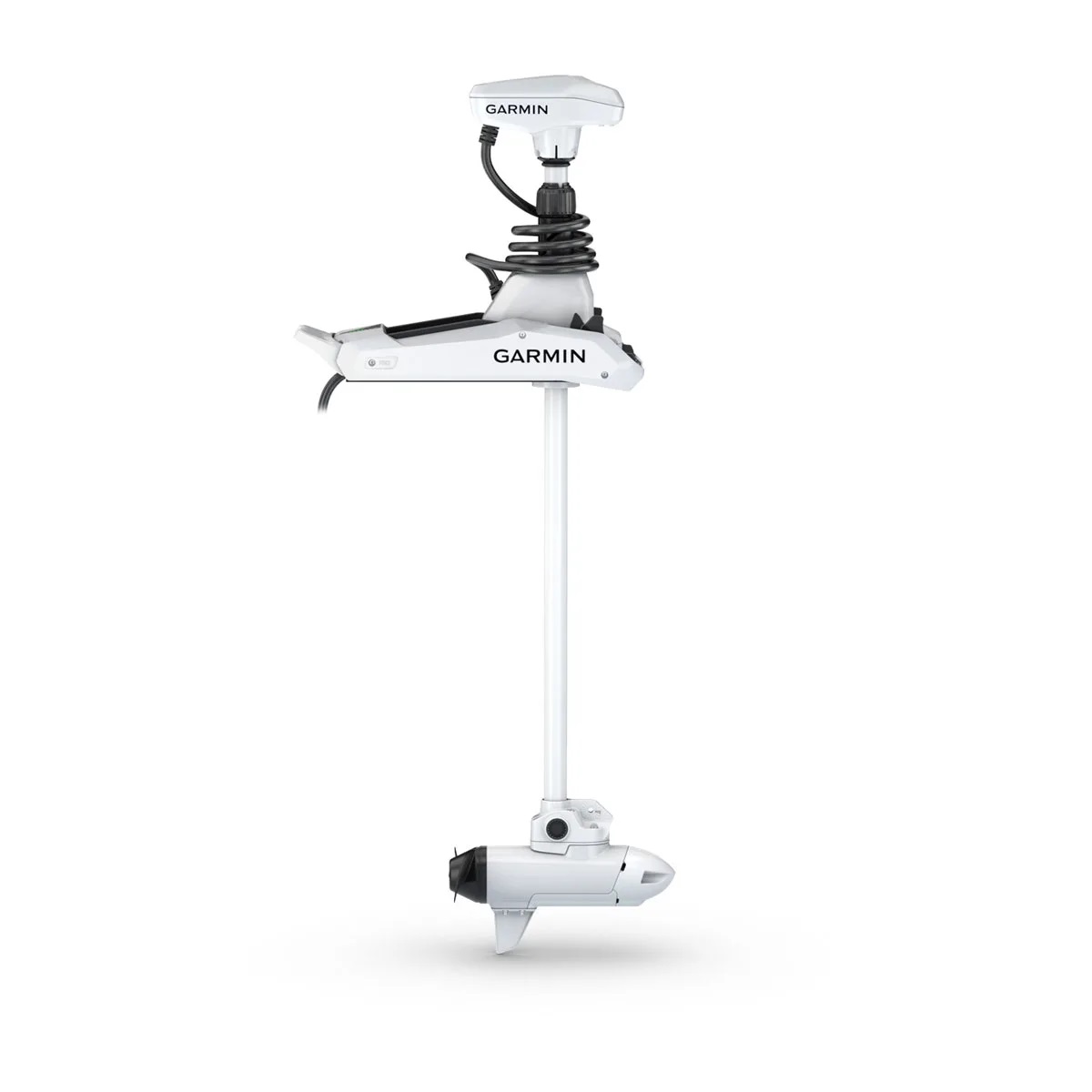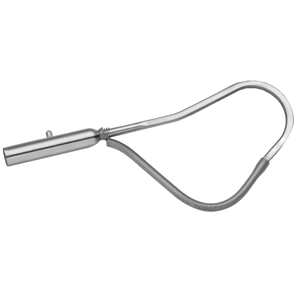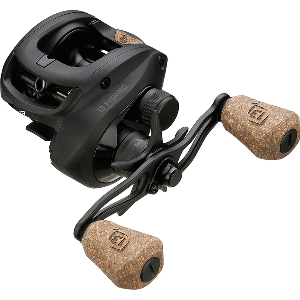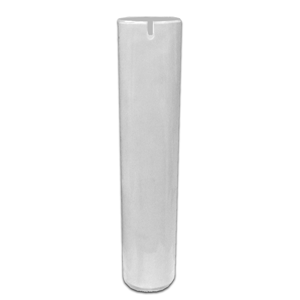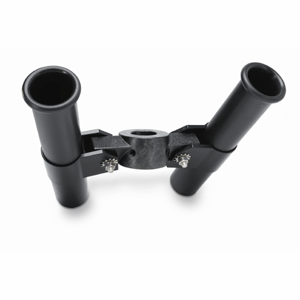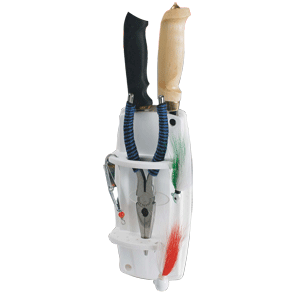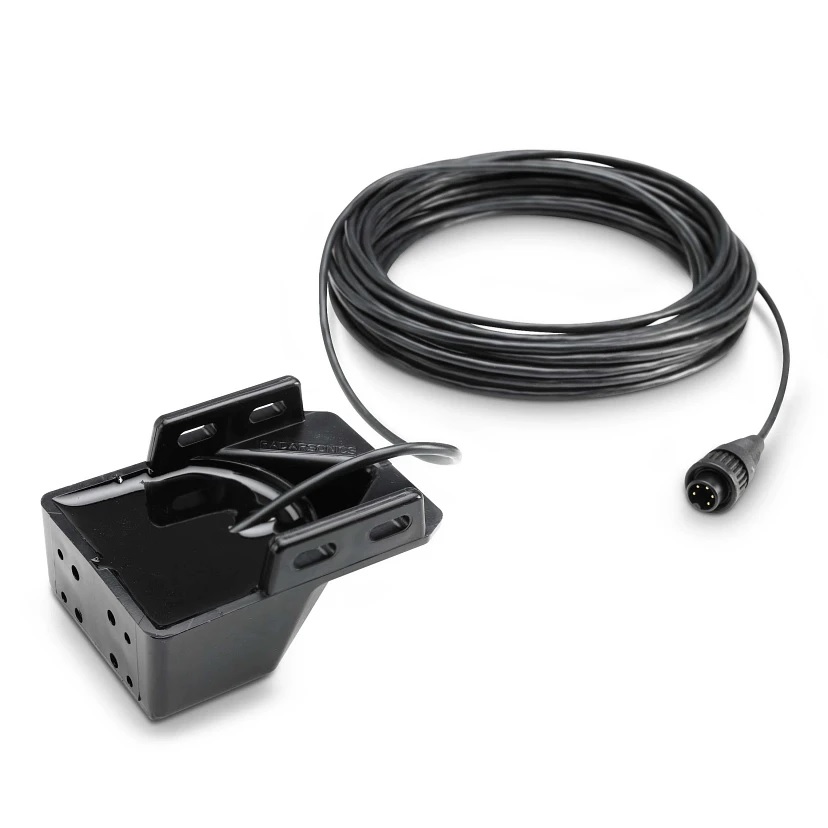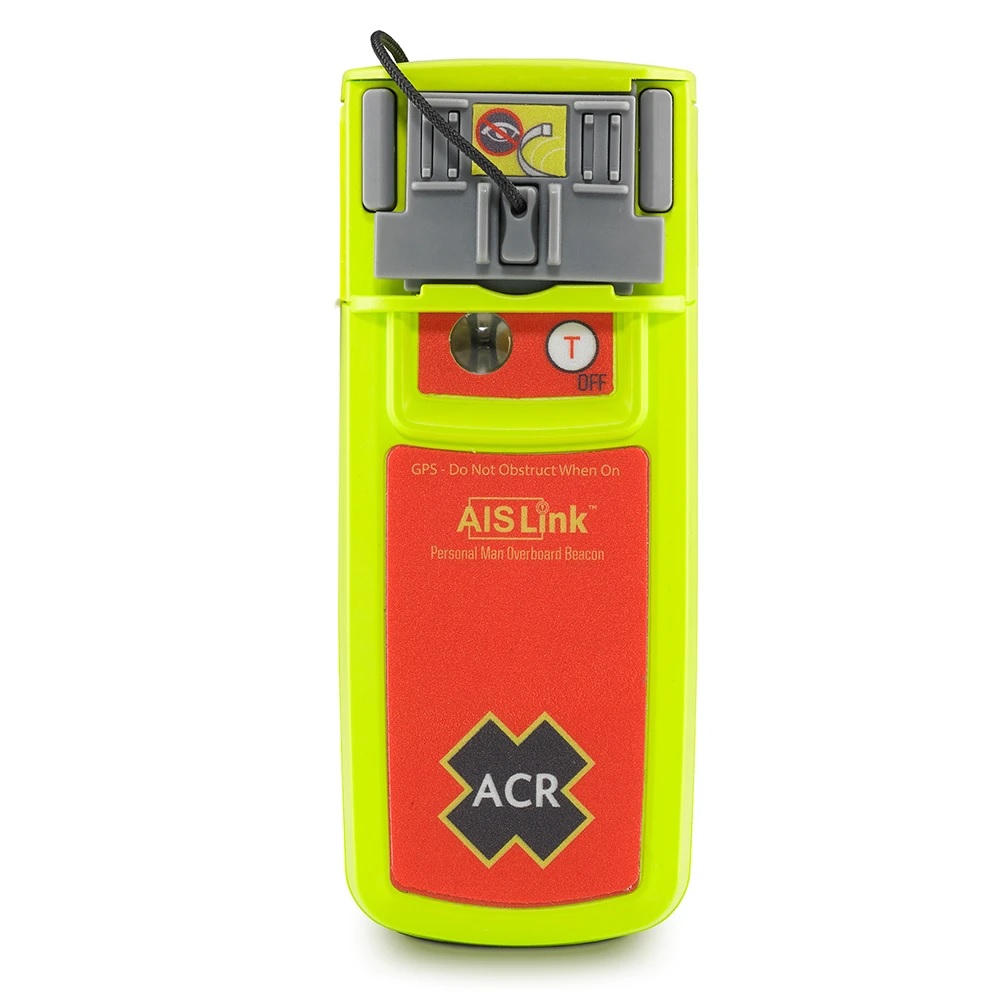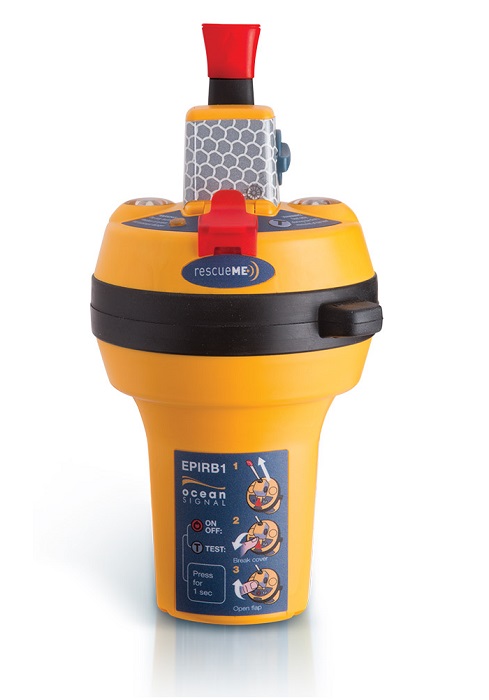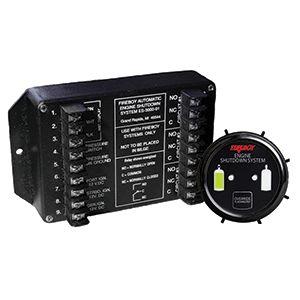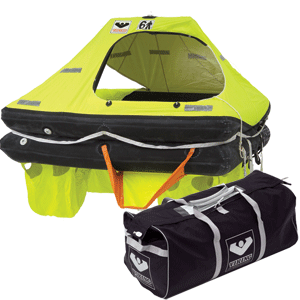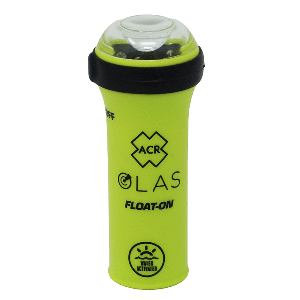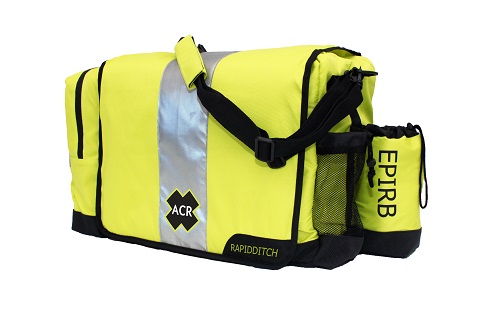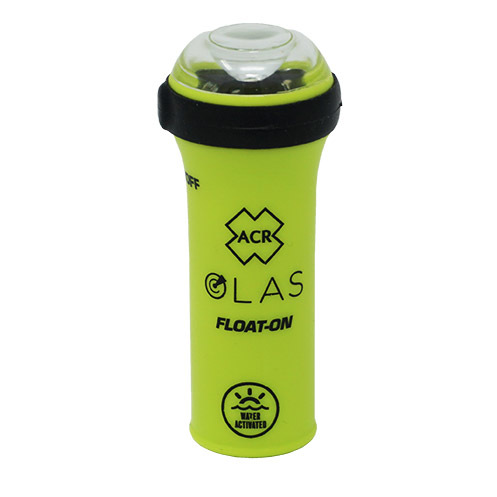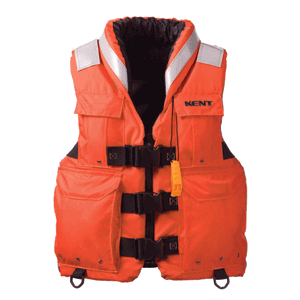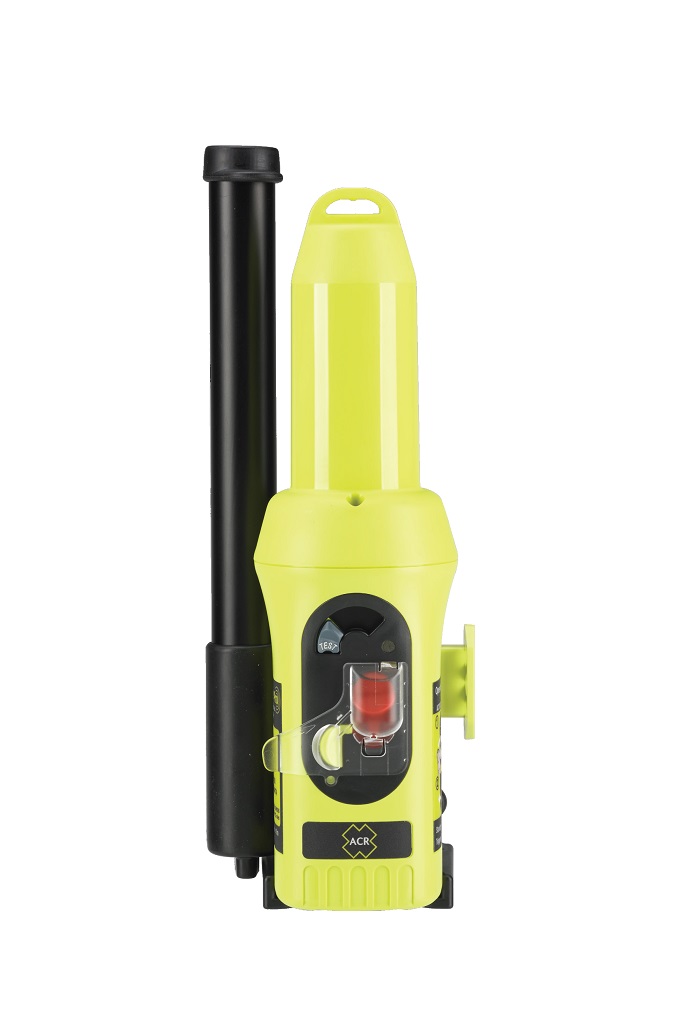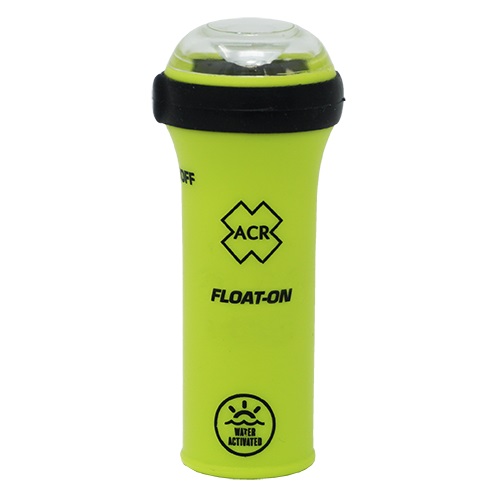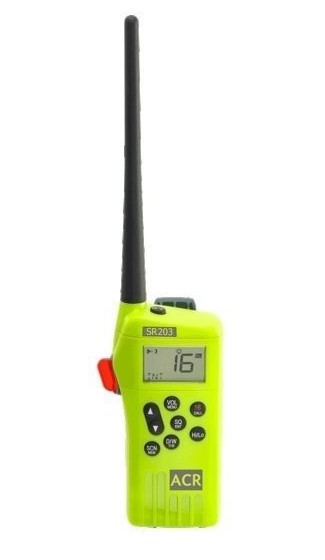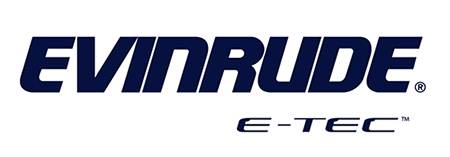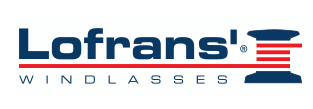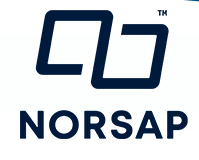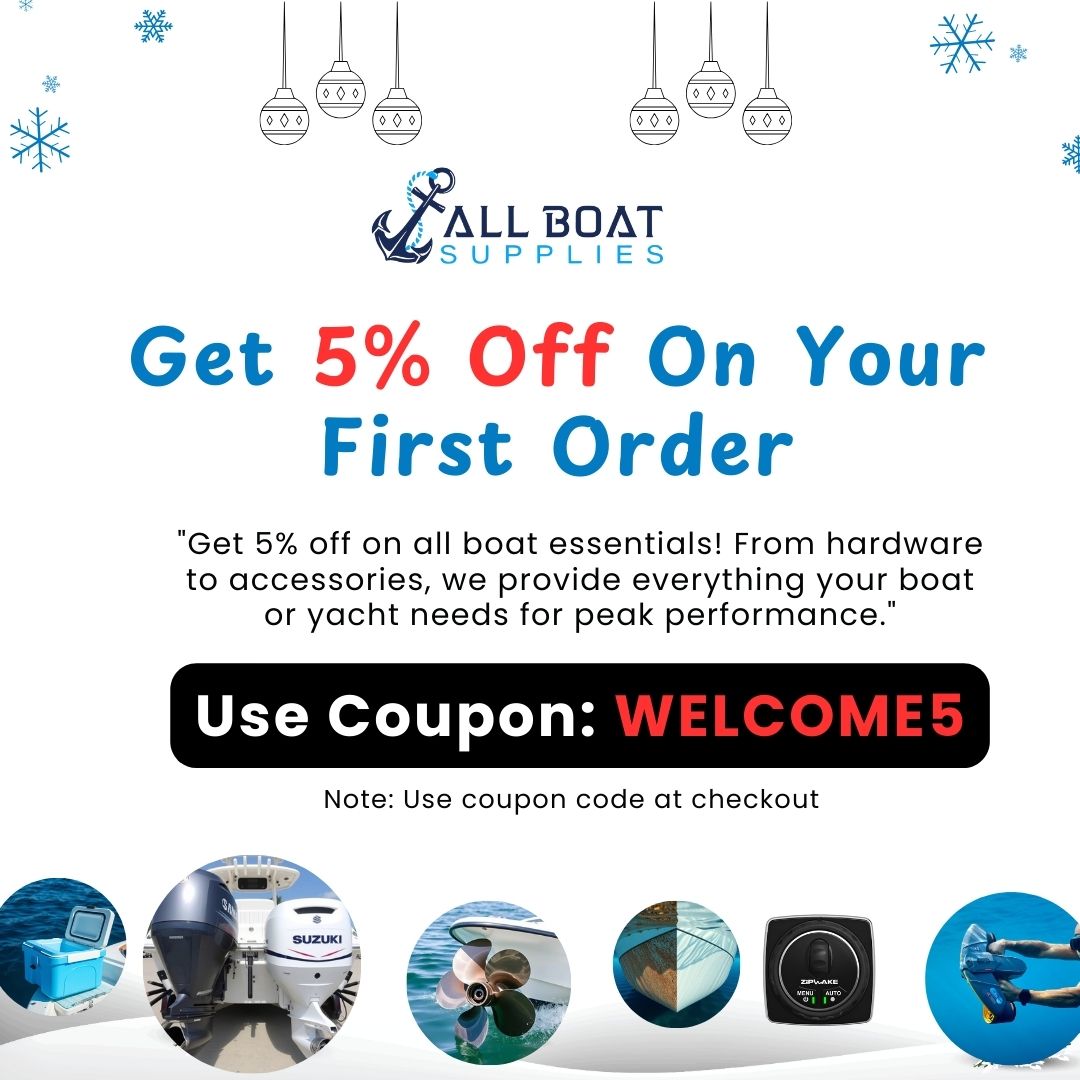Simrad NMEA Converter Review – Reliable or Risky?
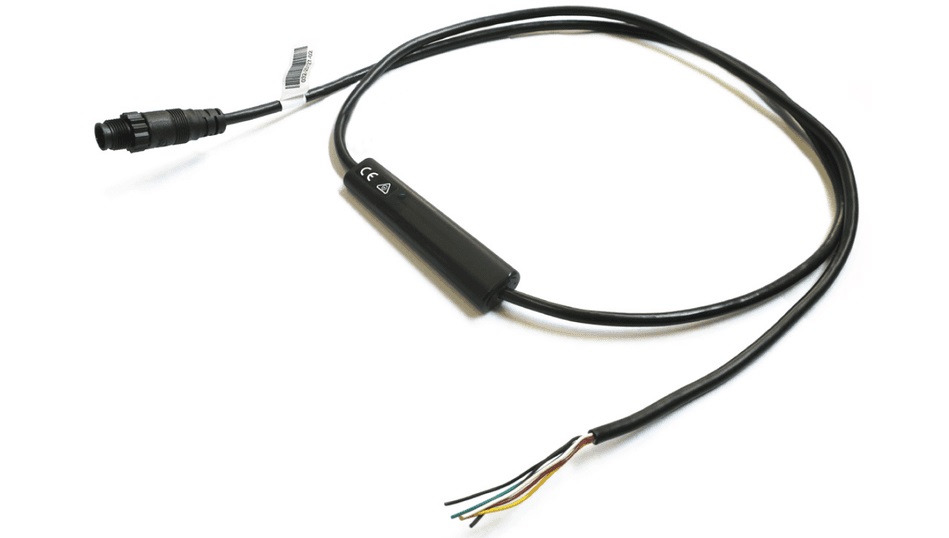
Simrad NMEA0183 – NMEA2000 Converter 6′ Micro-C to Bare Wire for Boats & Marine Engines
Introduction
The Simrad NMEA Converter is a must-have accessory for boaters who rely on both legacy and modern marine electronics. This 6′ Micro-C to bare wire converter bridges the communication gap between NMEA0183 and NMEA2000 networks. Whether you’re integrating older chartplotters, fishfinders, or AIS systems with cutting-edge navigation tools, this converter delivers unmatched reliability.
For anyone upgrading or retrofitting a vessel, seamless data communication is critical. The Simrad NMEA Converter ensures different systems “speak” to each other efficiently, allowing you to focus on safe and accurate marine navigation.
Overview / What Is Simrad NMEA Converter
The Simrad NMEA0183 – NMEA2000 Converter 6′ Micro-C to Bare Wire is a bi-directional communication bridge designed for interoperability between older marine instruments using NMEA0183 protocol and modern networks running NMEA2000. It enables data translation for navigation, GPS, heading, AIS, autopilot, depth sounders, and more.
Housed in a rugged cable assembly, the converter includes a NMEA2000 Micro-C connector on one end and bare wires on the other for hardwiring into NMEA0183 equipment. It’s a compact yet essential tool for modernizing mixed-generation marine electronics on virtually any vessel.
Why Use a Simrad NMEA Converter on Your Boat?
There are several reasons why using the Simrad NMEA Converter makes sense:
- Legacy Compatibility: Maintain investment in older devices while gaining modern network functionality.
- Simplified Integration: Avoid replacing entire systems by connecting older units to newer displays and MFDs.
- Reliable Autopilot Integration: Especially useful for ensuring communication between older NMEA0183-based autopilots and new plotters or heading sensors.
- Efficient Data Flow: Send and receive real-time navigation data between different protocol devices.
For mariners upgrading their vessel without breaking the bank, this converter offers flexibility, performance, and reliability. It ensures cross-compatibility and keeps your electronics functioning in sync.
How to Install Simrad NMEA Converter
Knowing how to install the Simrad NMEA Converter properly can save time and avoid data issues. Here’s a step-by-step guide:
- Identify NMEA0183 Wiring: Locate TX, RX, and ground wires from your older device. Usually labeled as “Talker” and “Listener”.
- Match Colors: Connect the converter’s bare wires accordingly using marine-grade connectors or terminal blocks.
- Secure Connection: Ensure all connections are waterproofed using heat shrink tubing or silicone compound.
- Connect to NMEA2000: Plug the Micro-C end into your NMEA2000 T-connector or backbone bus.
- Power Check: Verify power to both networks before testing data flow between systems.
For extra guidance, especially for complex integrations, refer to wiring schematics available on Yamaha Outboards.
Best Use Cases for Simrad NMEA Converter
This converter shines in mixed-electronic environments. Let’s explore a few practical scenarios:
- AIS Integration: Connect an older AIS device (NMEA0183) to a new MFD (NMEA2000) to overlay AIS targets on your chartplotter.
- Autopilot Compatibility: Use with Simrad, B&G, or Lowrance autopilots needing heading data or GPS feed from newer systems.
- Legacy GPS Devices: Feed position data from older GPS sensors into a NMEA2000 network without needing replacements.
- Depth Data Sharing: Share depth readings from NMEA0183 fishfinders to newer multifunction displays onboard.
Essentially, the Simrad NMEA Converter eliminates the “communication barrier” between old and new systems, allowing for smarter and safer voyages.
Maintenance Tips
Though the Simrad NMEA Converter is robust and designed for marine use, regular checks can extend its lifespan and avoid signal issues:
- Inspect Wiring: Periodically check all connections for corrosion or loose ends. Saltwater exposure may degrade bare wire terminations.
- Protect from Moisture: Always seal and insulate bare connections using marine heat shrink or silicone to prevent shorts.
- Secure Mounting: Avoid wire chafing by using clamps or zip ties to fasten cable runs.
- Update Devices: Ensure all connected devices are running the latest firmware to improve data compatibility.
Routine checks help ensure uninterrupted communication between all components of your boat’s electronics system.
Expert Advice and Pro Recommendations
Marine professionals often regard the Simrad NMEA0183 – NMEA2000 Converter 6′ Micro-C to Bare Wire as the best solution for multi-generation system integrations. Rather than spending thousands replacing working NMEA0183 gear, this converter lets you retain legacy systems and link them into the broader data network of your vessel.
Pro Tip: When installing with multiple devices, use a labeled terminal block or breakout board. It makes future troubleshooting easier and reduces setup confusion.
Don’t miss this essential piece of marine electronics! Buy now and use the exclusive code WELCOME5 for a 5% discount.
Detailed FAQ Section
What is a Simrad NMEA Converter and what does it do?
The Simrad NMEA0183 – NMEA2000 Converter is a communication bridge between marine electronics that use different protocols. Older devices typically use NMEA0183, a serial-based language, while newer ones use NMEA2000, which is network-based. This converter allows them to “talk” to each other. It’s particularly useful when integrating systems like GPS, chartplotters, AIS, and autopilots that were purchased across different generations. By using this converter, boat owners can save on upgrading entire systems while maintaining seamless data flow.
How do I wire the Simrad NMEA Converter correctly?
The converter has a Micro-C connector for plugging into your NMEA2000 backbone, and a bundle of bare wires for NMEA0183 connections. You’ll typically wire the transmit (TX) from the older device to the receive (RX) on the converter, and vice versa. Grounding is essential, and care must be taken to match polarity correctly. Use marine-grade connectors and waterproof shrink tubing to secure connections. Wiring diagrams specific to your devices should be referenced to avoid miscommunication or data errors.
Can I use the Simrad NMEA Converter with third-party equipment?
Yes. The Simrad NMEA Converter is designed to work with any device that uses standard NMEA0183 or NMEA2000 protocols. This includes products from Garmin, Raymarine, Furuno, B&G, and Lowrance. Its universal design ensures compatibility, though some advanced features may only work with Simrad or Navico network equipment. When integrating multiple brands, make sure to validate data formats and baud rates to ensure consistent communication.
What are common issues when using a Simrad NMEA Converter?
Some common issues include improper wiring, data collisions, mismatched baud rates, or insufficient power supply. For example, connecting multiple talkers to a single listener can cause data loss. Ground loops can also disrupt communication if grounding is not consistent across devices. It’s essential to use proper shielding and always refer to technical documentation from both the converter and connected devices. Regular diagnostics using marine MFDs or software tools can help identify and resolve these issues quickly.
How long does a Simrad NMEA Converter last and is it worth the investment?
With proper installation and maintenance, the Simrad NMEA Converter can last well over a decade. Its rugged marine construction and minimal moving parts mean it’s not prone to wear like mechanical components. Considering its ability to extend the life of older marine electronics and simplify integration, it’s a very cost-effective investment. Instead of replacing thousands of dollars’ worth of functional gear, this $100–$150 converter keeps your navigation ecosystem functional and efficient for years to come.
Conclusion
The Simrad NMEA Converter is a simple yet powerful tool that unlocks endless possibilities for modern marine navigation. Whether you’re integrating an autopilot, retrofitting a GPS system, or maintaining your AIS network, this converter ensures every component communicates flawlessly. It’s cost-effective, rugged, easy to install, and compatible with virtually any NMEA-compliant device.
In a world where marine electronics evolve rapidly, having a reliable bridge between old and new tech is essential. Choose the Simrad NMEA Converter for trusted connectivity at sea — and don’t forget to use the discount below to save!
Special Offer
WELCOME5 – Get 5% off storewide at allboatsupplies.com
🚀 Instant Assistance: Need help selecting the right product? Drop your contact in the chatbox at the bottom right corner, and our expert team will reply within 30 minutes with the best product suggestion for your boat — including a ready-to-use checkout link. We’re fast, knowledgeable, and always here for your boating needs!
No more guesswork — just message us and get a personalized checkout link fast!
Let us handle the hassle — expert support, quick replies, and smooth checkout. Your boat deserves the best.
🔥 Up to 5% OFF – Limited Time!
Use code WELCOME5 on Simrad NMEA0183 – NMEA2000 Converter 6′ Micro-C to Bare Wire
🚀 Buy Now – Simrad NMEA0183 – NMEA2000 Converter 6′ Micro-C to Bare Wire
